
The artist doing a yoga pose in front of one his own recent paintings © Maryam Eisler
Joel Mesler is one of the hottest names on the East Coast art scene right now. LUX’s Chief Contributing Editor, Maryam Eisler, visits the gallerist-turned-artist in the Hamptons to speak with him about the under-layers of his eye candy paintings deeply rooted in childhood trauma, his switch from dealer to artist and his Jewish heritage
Maryam Eisler: You’ve moved from L.A. to the Lower East Side to The Hamptons. You’ve been dealing in art and now you’re producing art. Have both sides of the equation been enjoyable?
Joel Mesler: I am definitely most present and more content now… for sure when I am producing art. I have no regrets and it’s this path that led me here, so it’s all good.
ME: How has sobriety informed your work?
JM: Well, I think that is very much part of that process of change. I have realised that pre -sobriety, I lived in the ego. It was all about me. But I think there’s a process in the act of getting sober, of surrendering, like falling to your knees a little bit and saying ‘Okay, clearly I’m not the captain of this ship’. It was important to realise that I don’t have all the answers, that I don’t know exactly what I’m doing and that I am going to ask for help. But my story is not unique, you know.
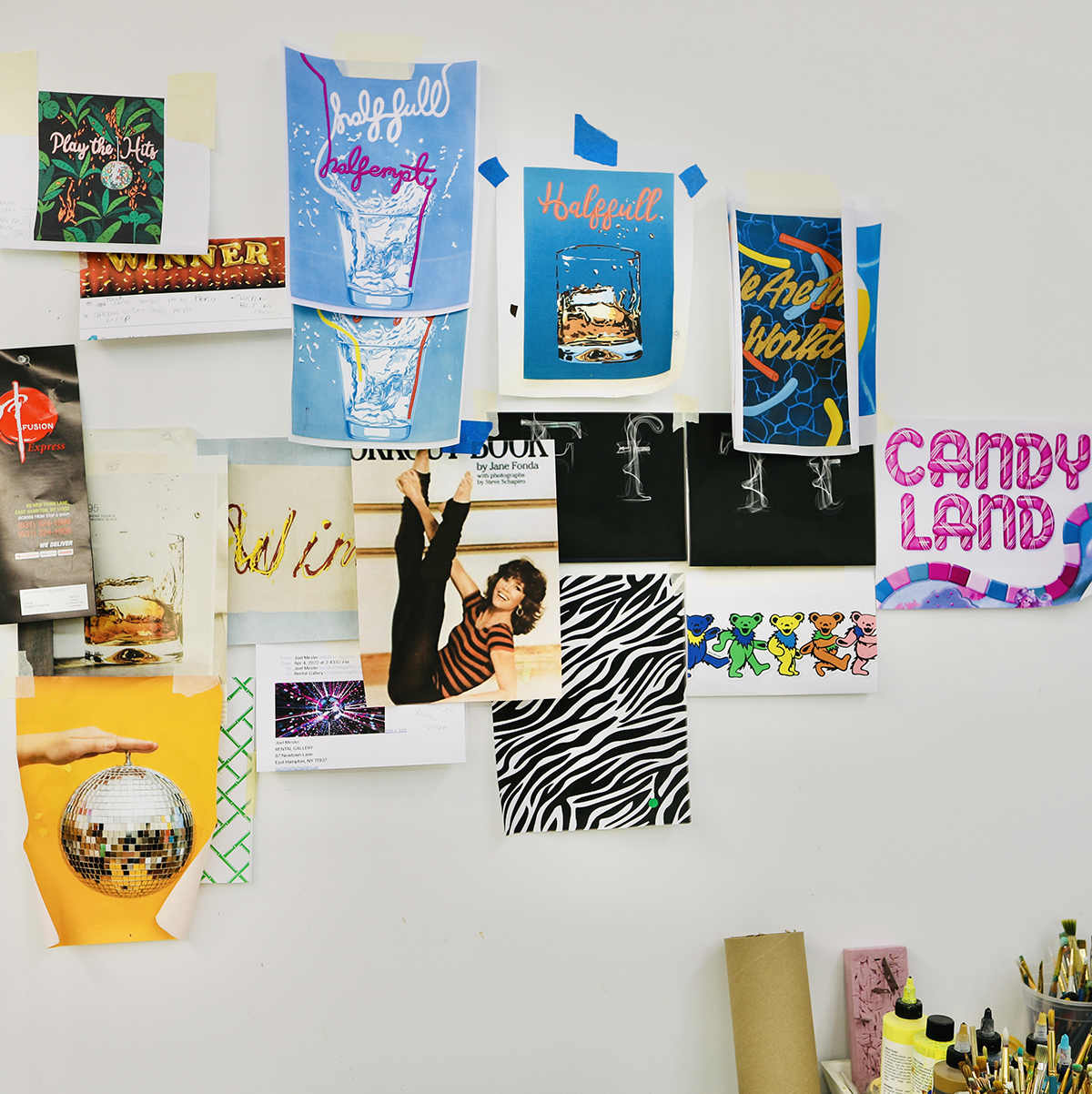
Joel Mesler’s wall of inspiration © Maryam Eisler
I think that that process shifted my mindset to such an extreme that it completely changed my life, like a spiritual awakening. Pre- getting sober, there was always this sense of dread or living on the edge and thinking ‘When will the relief come?’ because there’s this kind of constant anxiety, even pain. But as soon as that epiphany happened, it was almost like ‘Oh my God, I now know’. The difference is living in the present, one day at a time. Now I want even more time. I want to live forever.
Follow LUX on Instagram: luxthemagazine
ME: You want more time?
JM: Yes. Time is running out. I need to produce. Everything shifted from that moment onwards. From my artwork to family, to just walking down the street and saying hello to random strangers.
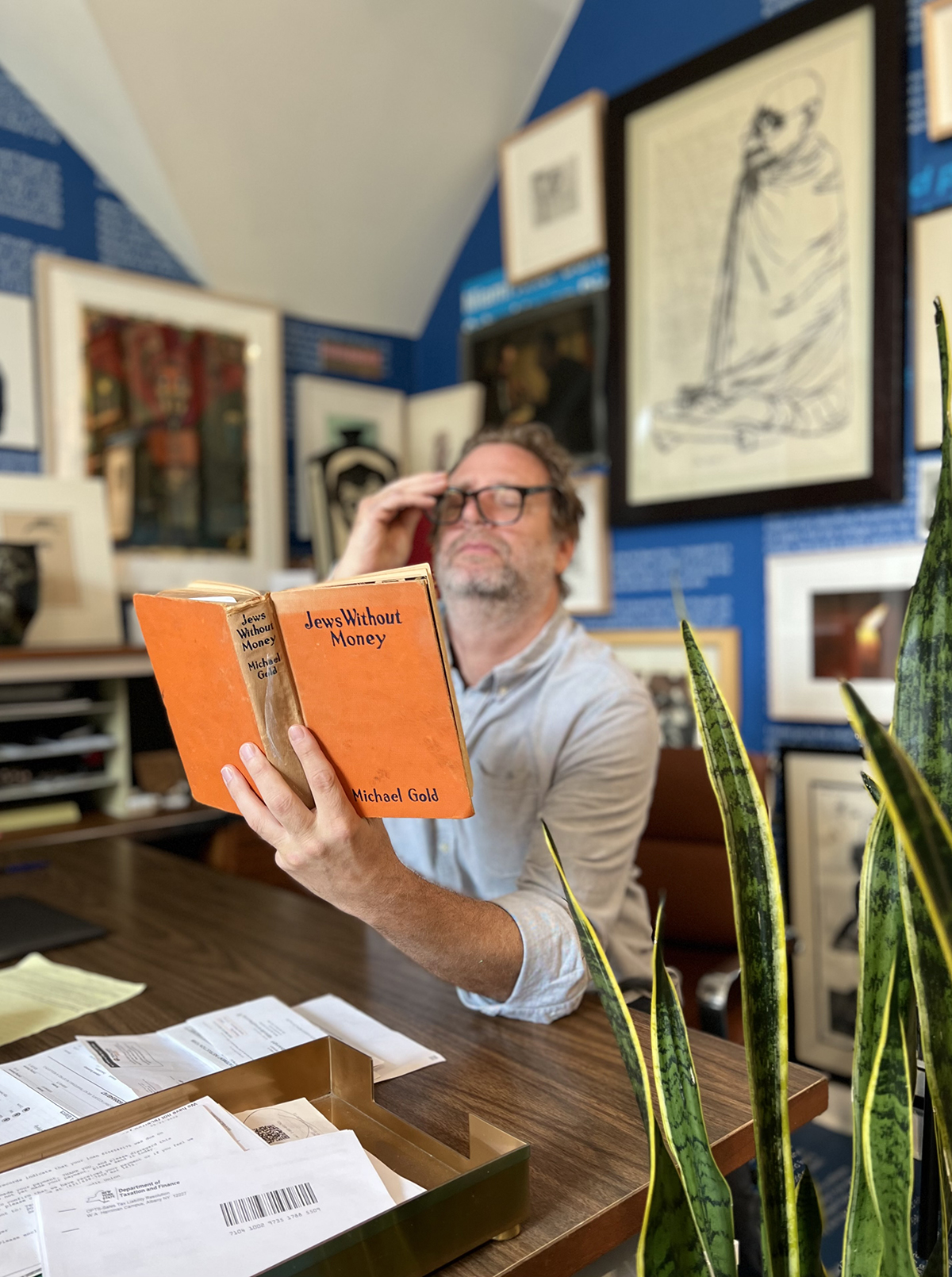
Joel reading his book ‘Jews without money’ by Michael Gold © Maryam Eisler
ME: Speaking of time and cycles, it’s interesting that there’s been a cyclical return to certain important people in your life. So, for instance, you were one of the first commercial supporters of Rashid Johnson’s work and now you’re both here and you’re best friends. You were also at some point David Kordansky’s landlord in Los Angeles and he now represents your work!
JM: You know, I speak to those two guys every day now. It all comes together, the arc of our relationships …
ME: I clearly remember a few years back, during Miami Basel, when you lived a real moment of transition from dealer to artist. As the founder of Rental gallery, you decided to represent yourself and all I could think of at the time was how clever you were! Did you make the switch out of necessity or smarts?
JM: Well, you know, I think a lot of times that the difference between necessity and perception can be so far off. I think that that may also be a great lesson of sobriety. I did it out of necessity, like I always did things. I recall telling Heather Hubbs, the fair Director ‘Well, you know, I’m really trying hard to be an artist now and I feel like if I was an art dealer and did the booth again this year, it might send the wrong signal. So, I was thinking maybe I shouldn’t do it’. To which she then said, ‘I think you should make your work part of it’.
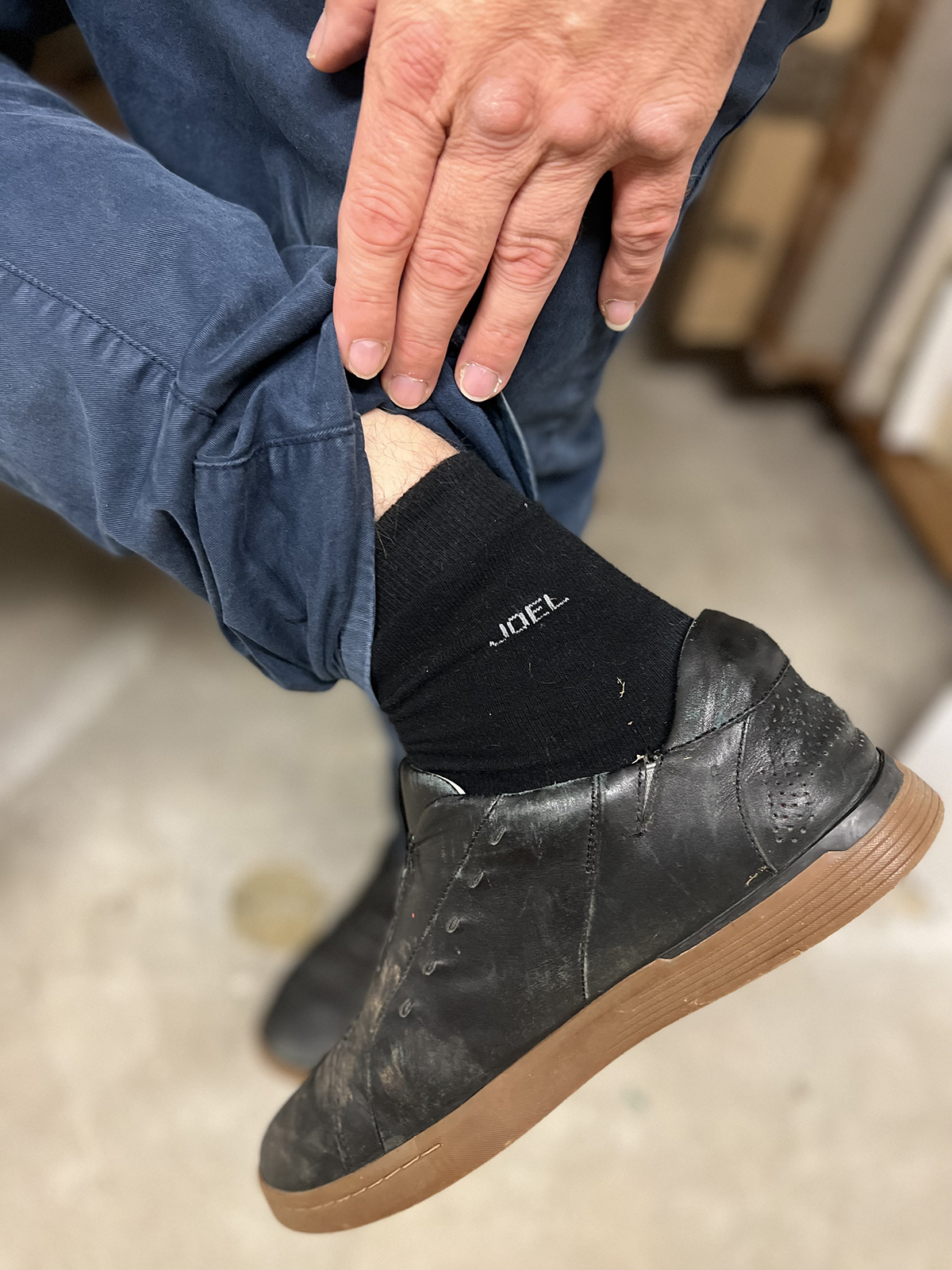
These are the only socks that Joel wears. His wife Sarah buys him socks that have his name on them and also say artist and dad © Maryam Eisler
And so, I did and sent my deposit in. As a dealer, I always thought that to have a successful fair, you should have a booth of works you’re really passionate about, and at the time, all I could think about was my own work. And Heather said, ‘Cool! Nobody’s done it before. But, you know, if anybody can pull this off, it’s you ! ‘
ME: Did many people question your decision at the time?
JM: Of course. So many people said ‘why is he doing this? And how?’ I didn’t do it as a trickster thing. It was out of necessity and also because nobody else would show my work.
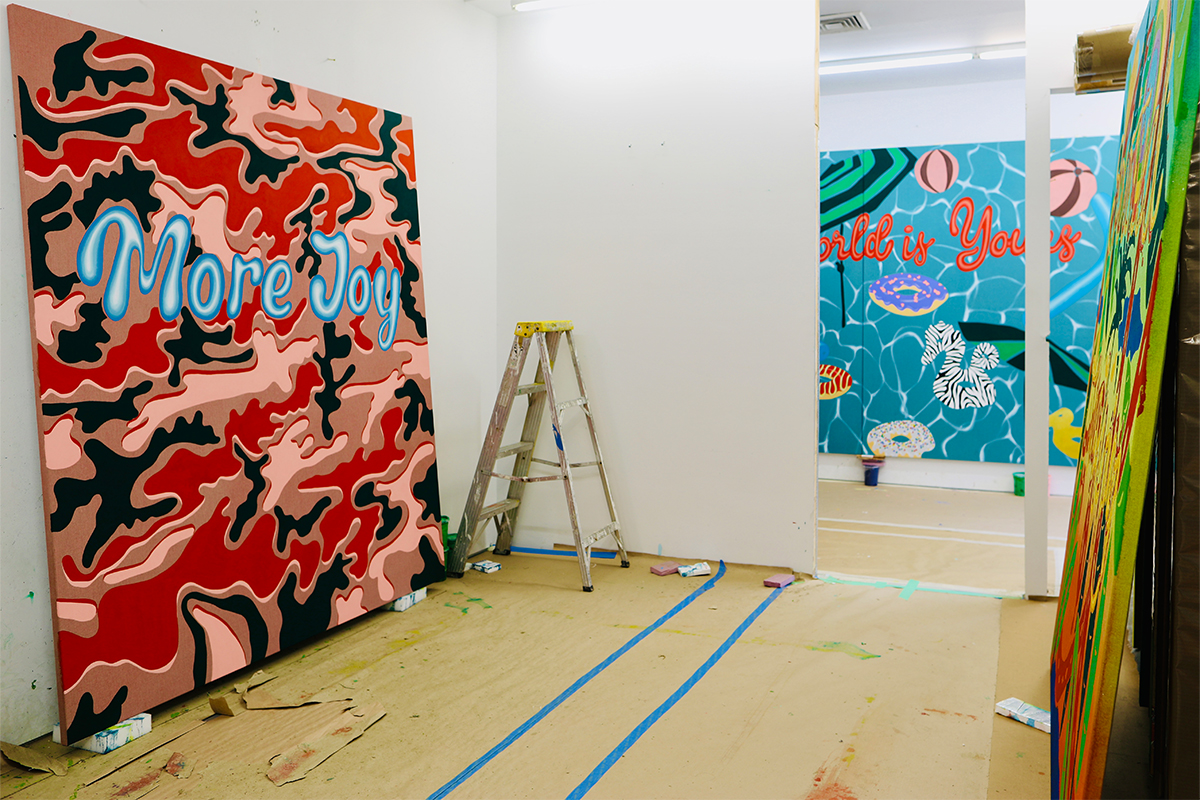
A work in progress at Joel Mesler’s studio © Maryam Eisler
ME: And, most importantly, believing in your own work? A most courageous public act, in my opinion…
JM: An entire body of work actually came out of that. I only brought in a few paintings and my wife’s ceramics. I sold all the paintings and the ceramics on the first day and was thinking ‘What am I going to do?’ So, I started painting people’s portraits and charged them $50 just to pay for my materials. From that moment, I started an entire new body of work, and now I do portraits and I love doing them, it’s like a performative act.
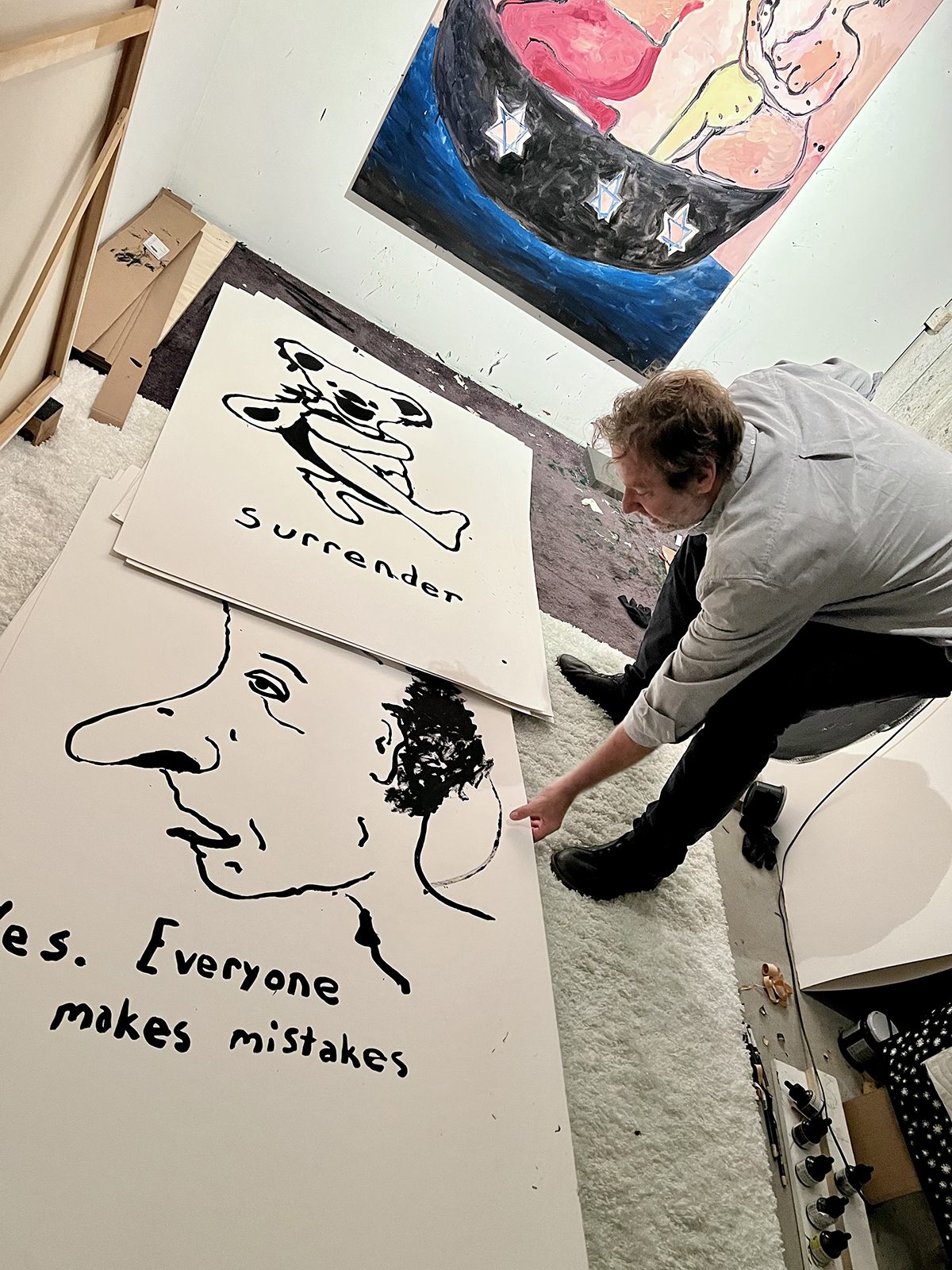
Joel in the basement of his studio holding up drawings that might one day be made into a very large book that will take multiple people to turn each page © Maryam Eisler
ME: The New York Times called your work ‘a post- traumatic allegory styled as alphabetical letters.’ I started reading about your childhood in L.A., your relationship with your parents, your father’s drug abuse, your parents’ divorce, and it made me understand your paintings, just a little better. It seems that first ‘eye candy’ attraction is just the surface but then behind the pool parties, the gloss and the glory, there’s a lot more. You have said it before ‘there’s the happiness, the celebration but then there’s also the loneliness’. Talk to me about that dichotomy.
JM: When I was making work while I was drinking, I used to want to kind of push myself onto the audience. I called it my Jewish expressionist phase and I was like, ‘Oh, my trauma’. And I’m going to show you what my father did to me. The thing is, they were very honest, raw and interesting, but there was no real reason why anybody would want to hang them on their walls because they were actually really scary. As I got older, sober and a little more self-reflective, I realised that within my story, there were many dichotomies. For instance, the pool party: when I was young, my mom would throw pool parties for my brother and I, but also for her friends, and I had no idea what was really going on. All I saw were noodles and floats. But really, it was an excuse for my mother to get the parents together and gossip and drink. And there was this kind of underbelly of something else.
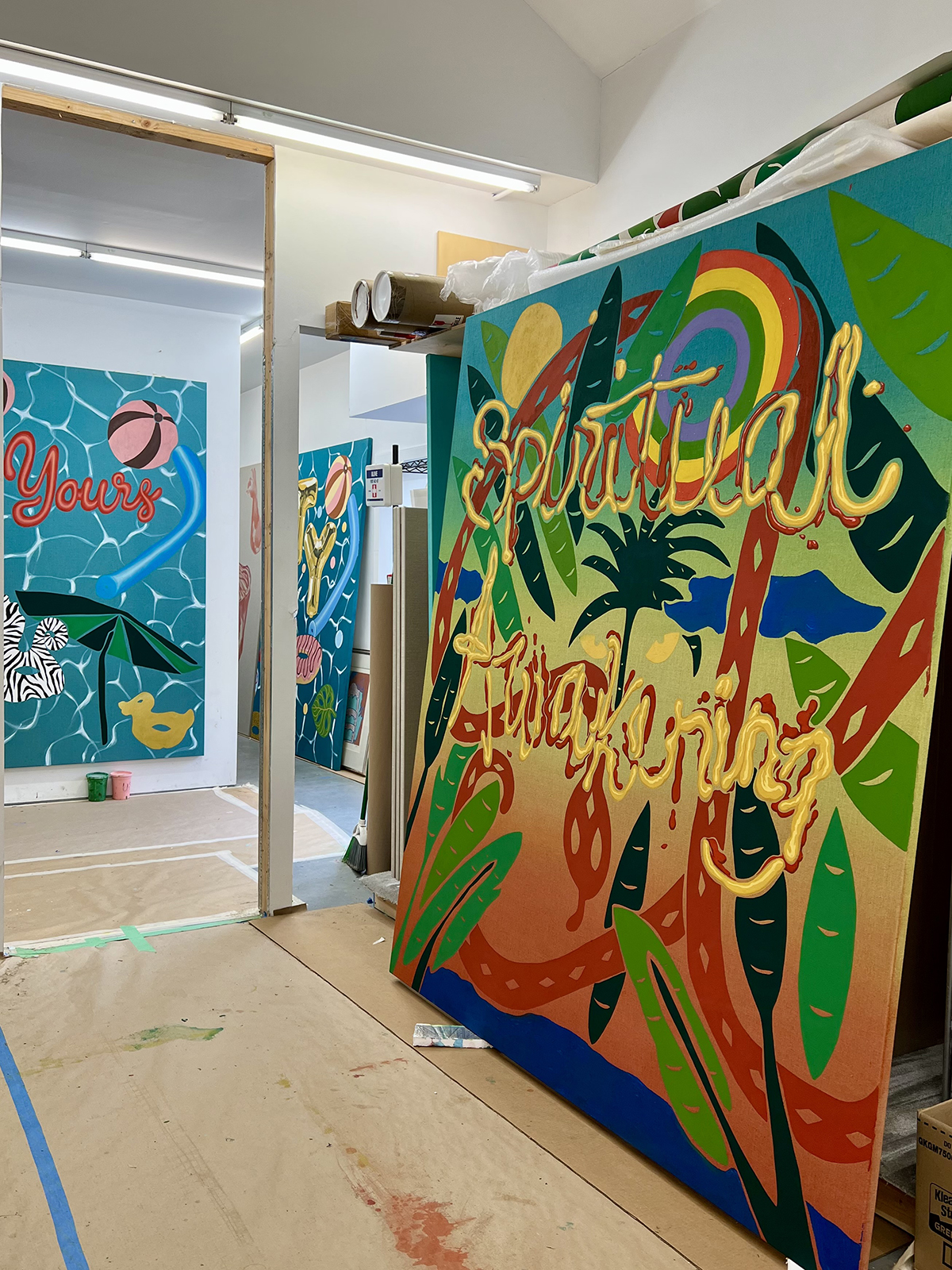
Joel Mesler’s work in progress © Maryam Eisler
There was a darkness there that I sensed intuitively, but I couldn’t define it with words. I didn’t have the language for it. As I grew older, I was able to kind of understand it better and apply and create my own language for it. As I was making work, I still wanted to tap into some of the joy that I experienced as a child too. I also like this idea of service: if I make a painting and I want somebody to hang it on the wall, I’m not going to judge why they’re hanging them on the wall or whether they think it’s beautiful or not. It may mean one thing to them and certainly something else to me.
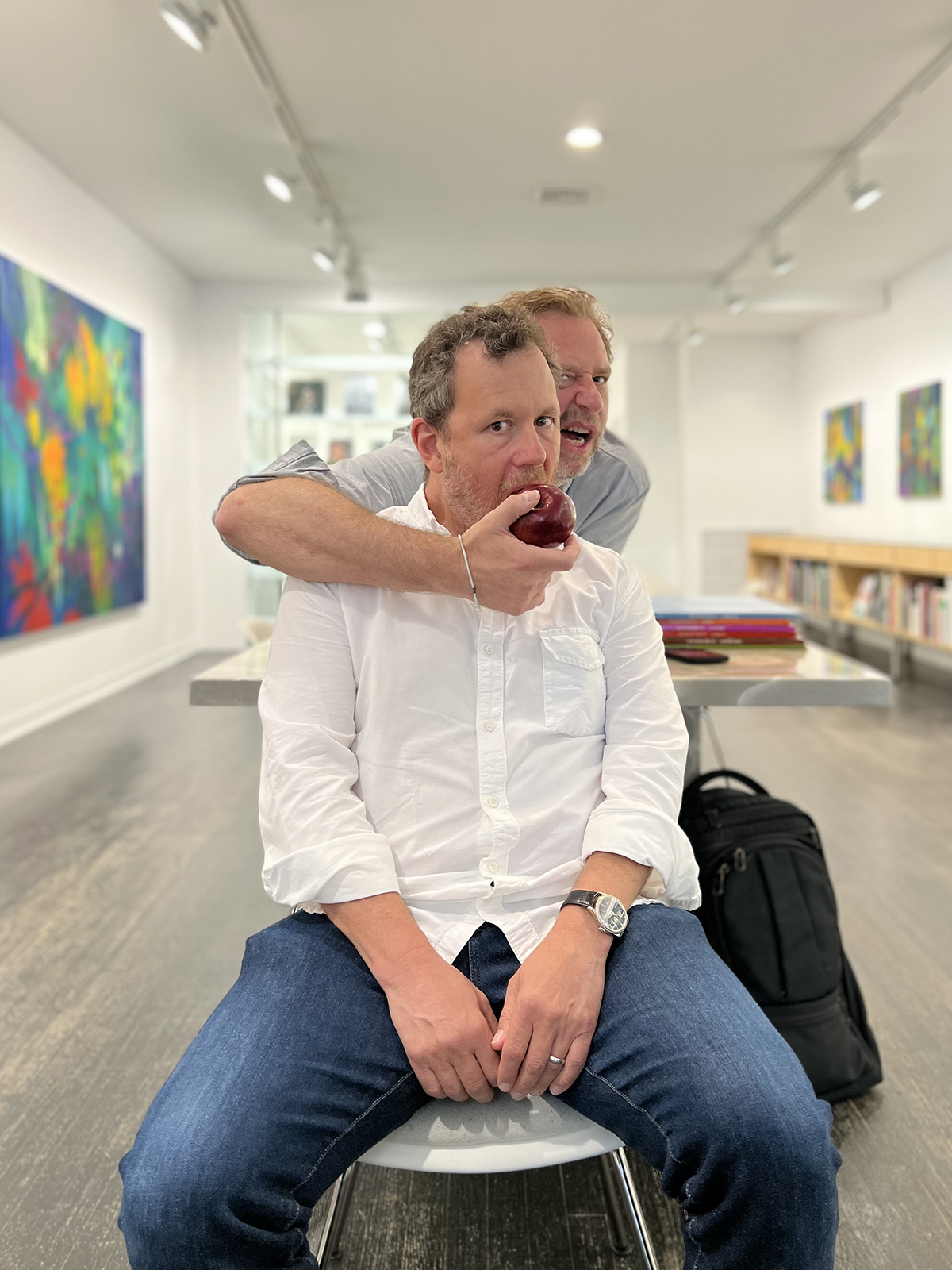
Joel Mesler and Harper Levine having lunch together © Maryam Eisler
ME: This reminds me of The Eggs Benedict splashed onto the beautiful leafy and lush Beverly Hills Hotel wallpaper. At first, I thought ‘How aesthetically pleasing’, but little did I know about your family feuds related to that exact incident.
JM: Yes, well, that’s the thing. For so long that carried such heaviness, trauma and sadness. I joke about it because if I didn’t, I’d probably still be crying about it. But there is also this sense of emotional, psychological and financial profit from the trauma I was subjected to from my parents. So, I then decided to use those motifs and to reappropriate them for myself and then use them in order to create my own language. I think, it’s not only helped me in my own path, but also in me becoming a better father and gain a better understanding of how to raise my own children. Just being a better person in the world.
ME: Hasn’t this been the case for many creatives throughout history? No creative gain without pain?
JM: For sure and I like the fact that there are many layers to my work. I enjoy knowing that there may be several interpretations of the works- just like the Torah! …many layers of truth and reality.

Joel on his napping couch with his Rabbi collection © Maryam Eisler
ME: Your grandfather was a Jewish immigrant who did very well for himself. Can you tell us about how you weave that ethnicity and your Jewish heritage, into your work and your day to day?
JM: I think it’s a very interesting story and Rashid [Johnson] and I speak about this quite often. I think that there’s a really interesting parallel in our lives. I think this idea of the immigrant coming to America and making it through hard work, then the second generation blowing it, and then this third-generation kind of needing to rediscover that identity is really interesting. I’ve been thinking about this a lot: why it matters and how can I psychologically and financially profit from my own trauma? My mother often said, had my father not destroyed our family, I would have probably been a terrible person, but maybe the trauma put me on a very different path that in the end was actually good for me.

Joel shows a book he is working on. Mesler paints on pre-existing books © Maryam Eisler
ME: You’re here in the heart of East Hampton glitz, and yet you have managed to carve yourself a sanctuary, an oasis of peace ‘Far from the Madding Crowd’. How does space and place influence your work?
JM: It’s amazing because, I had a gallery and that space is now my studio. I just work Monday through Friday. I don’t know how I do it. I just really keep my head down.
Read more: Philanthropy: Nathalie Guiot, The Culture Booster
People really respect the space and the frosted glass helps keep people away! I love being out here. We came out here from the city, and stayed with Rashid at first. I had nowhere else to go. Simple as that.
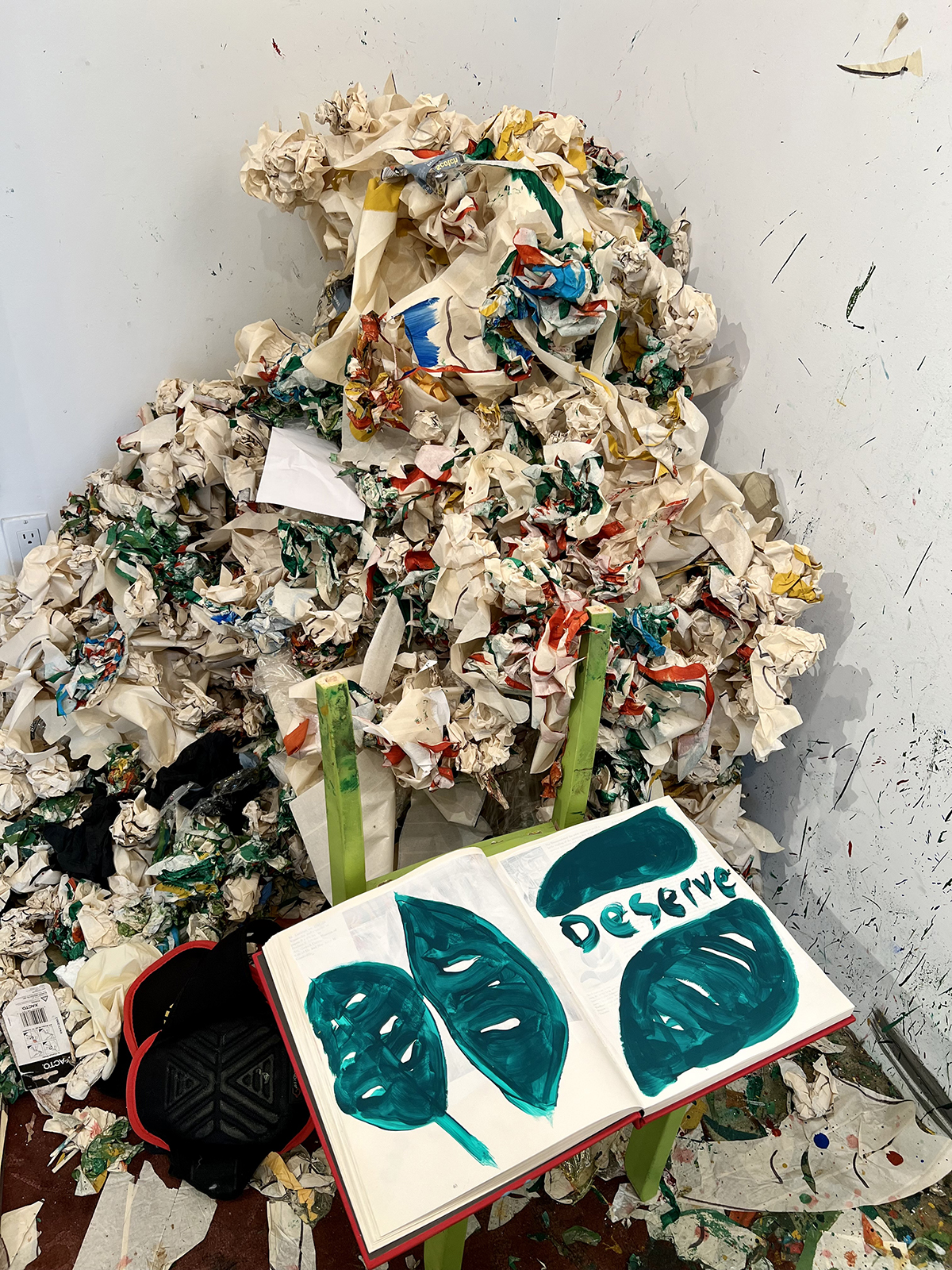
Another book in the corner of Joel Mesler’s studio © Maryam Eisler
ME: There’s also a real creative community of artists and museums out here. It’s equally amazing to witness the proliferation of the bigger brand galleries post- pandemic. Did a lot of people move here during COVID from the city?
JM: Yes, a real creative community formed. It’s also been amazing to have Harper [Levine] out here, even though he initially thought I was foolish to move out here and here we are now, neighbours and friends. said, ‘You know, there are no doctors here. There’s no education here. There are ticks here. There’s Lyme disease…’ But at the end of the day, here we all are!
All photographs were taken by Maryam Eisler
Joel Mesler will be showing at Frieze Seoul with LGDR from September 2- September 5 2022. He will be holding a solo show at the Long Museum in Shanghai, opening in February 2023



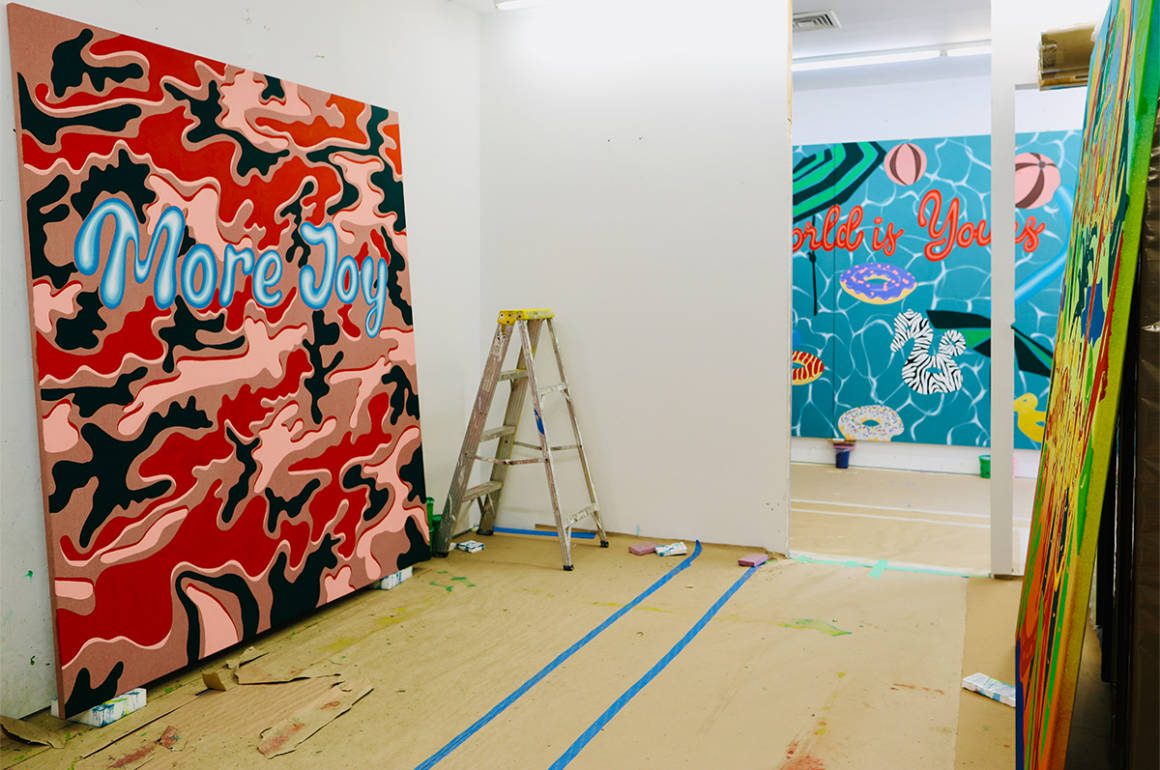
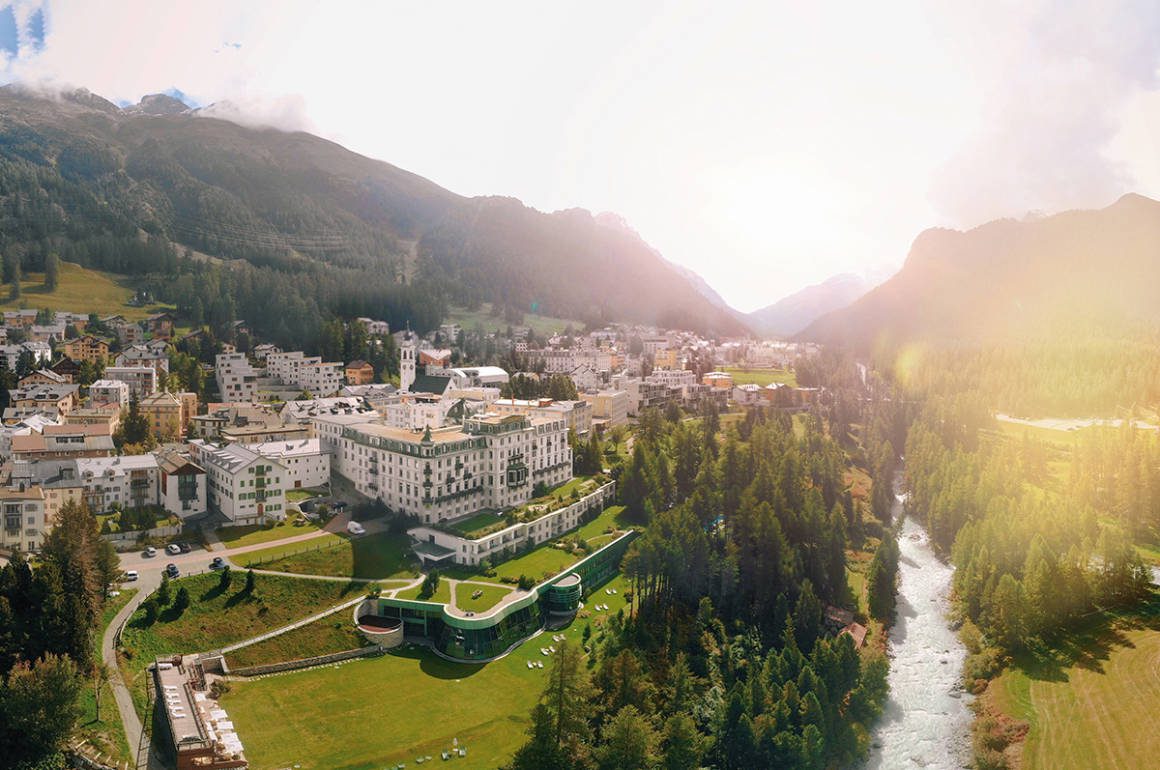
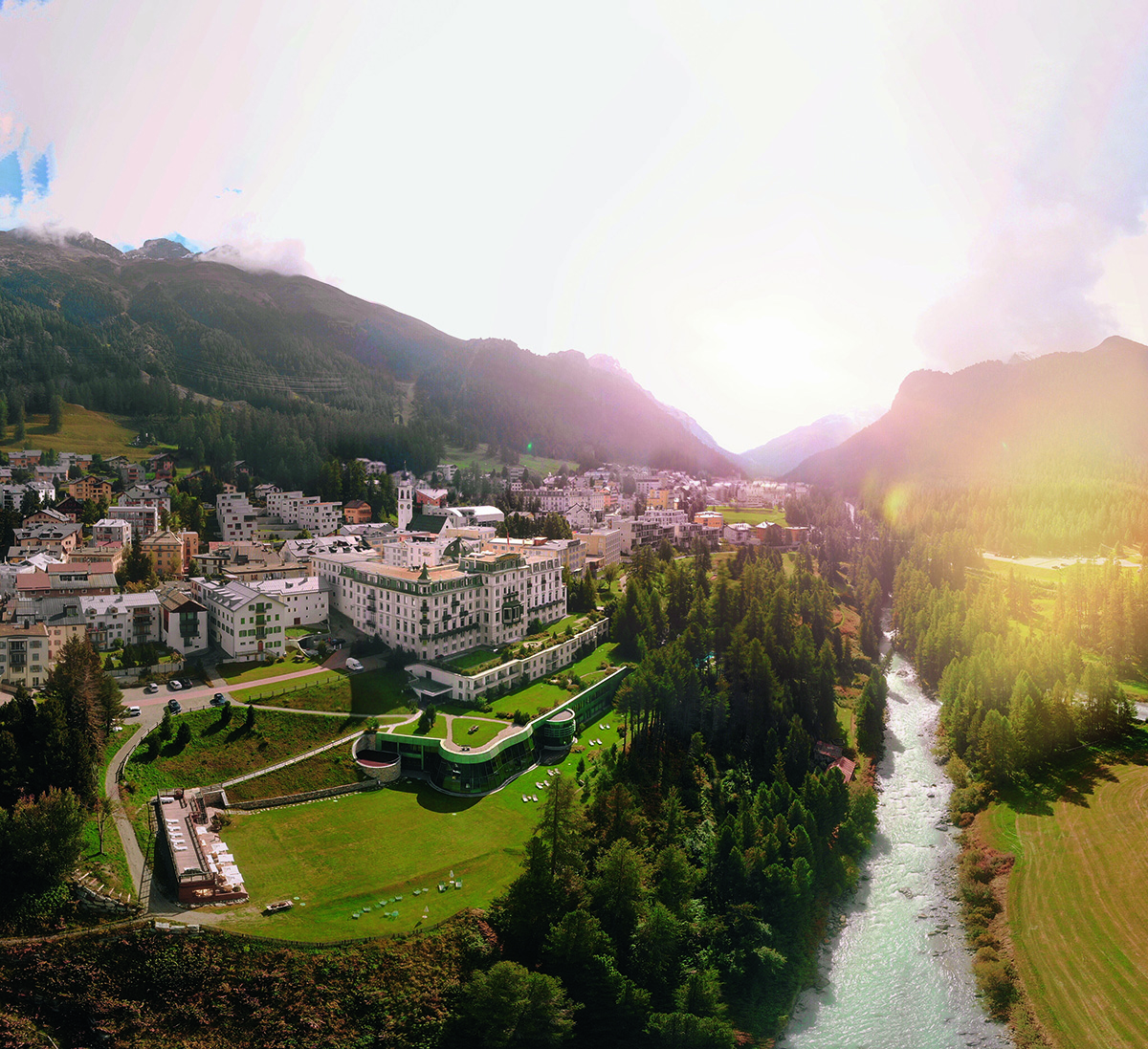
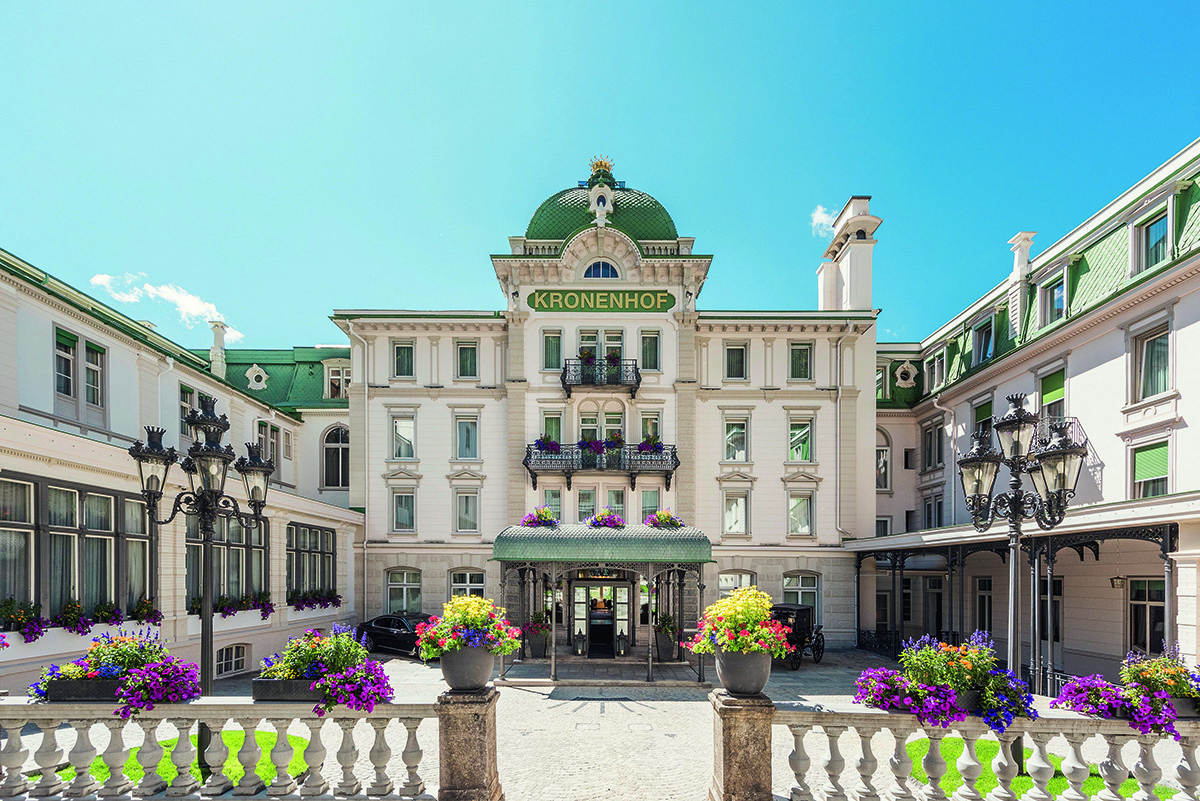
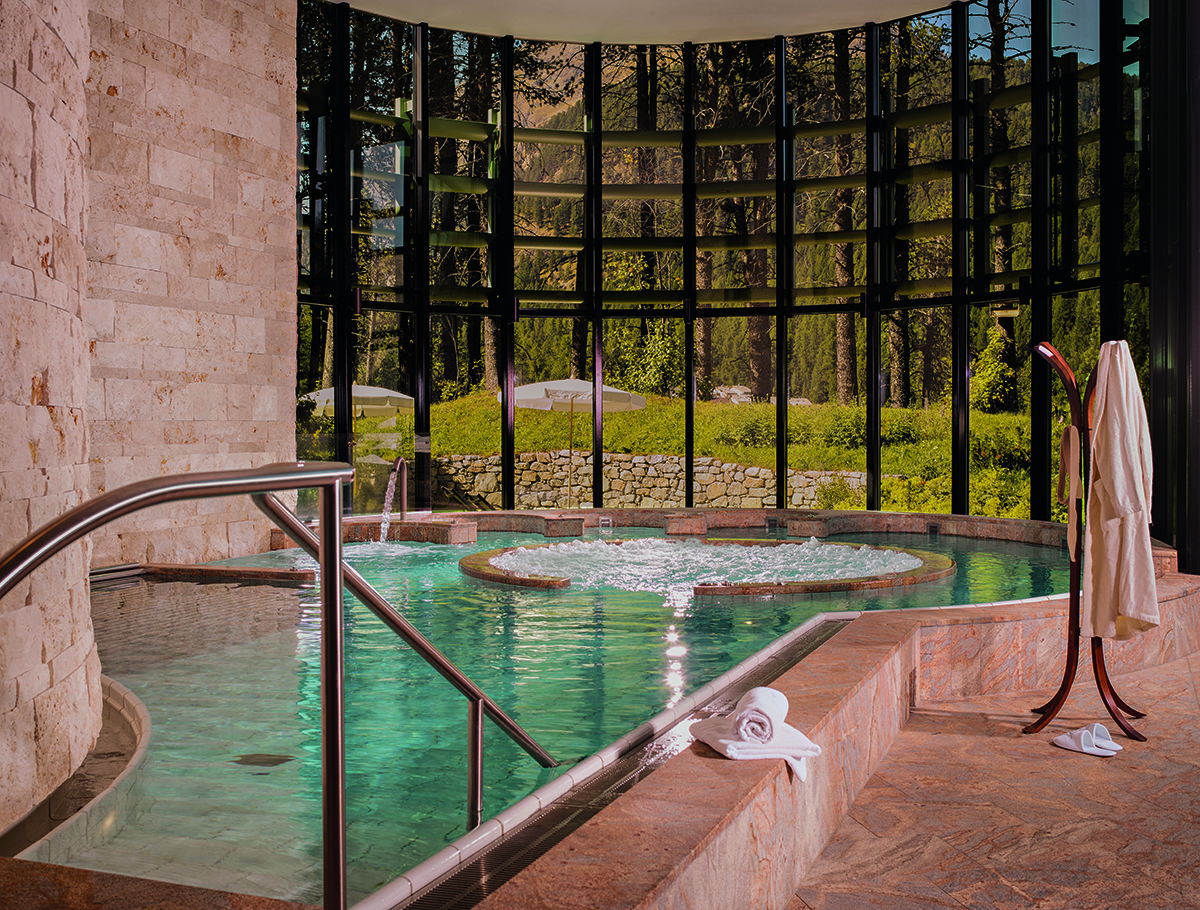
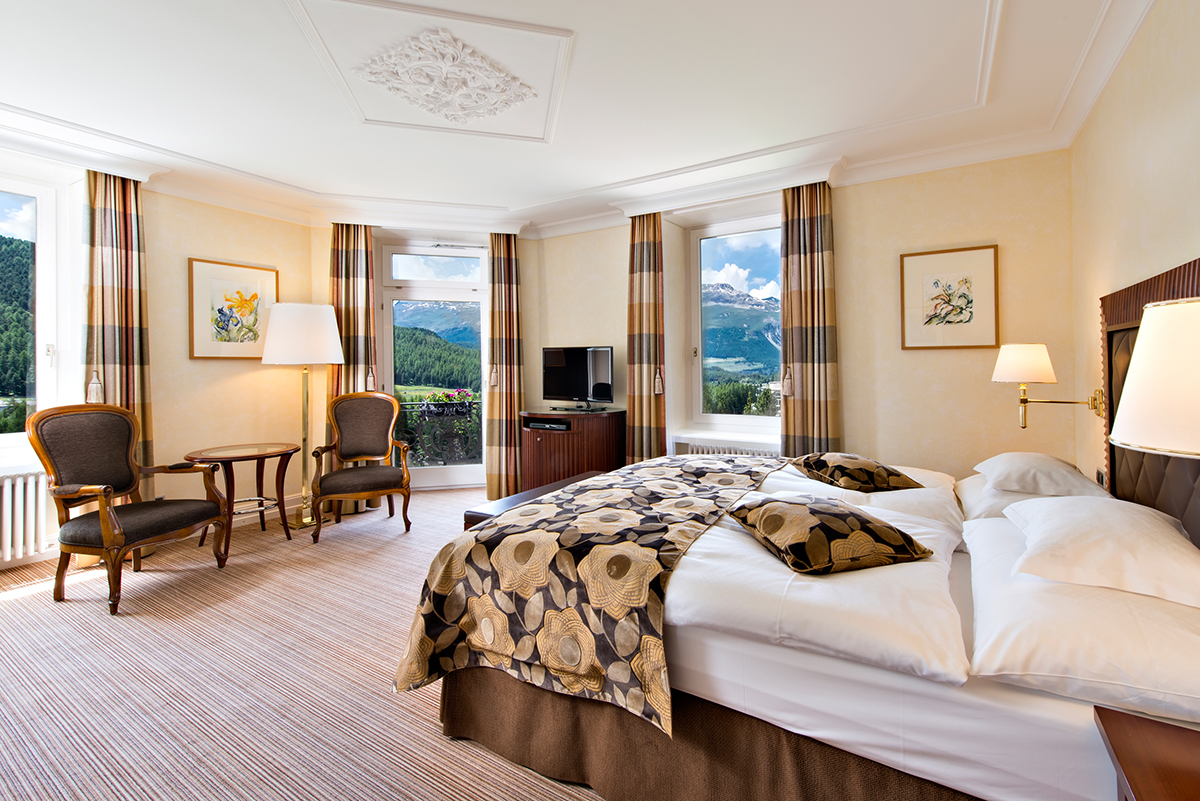
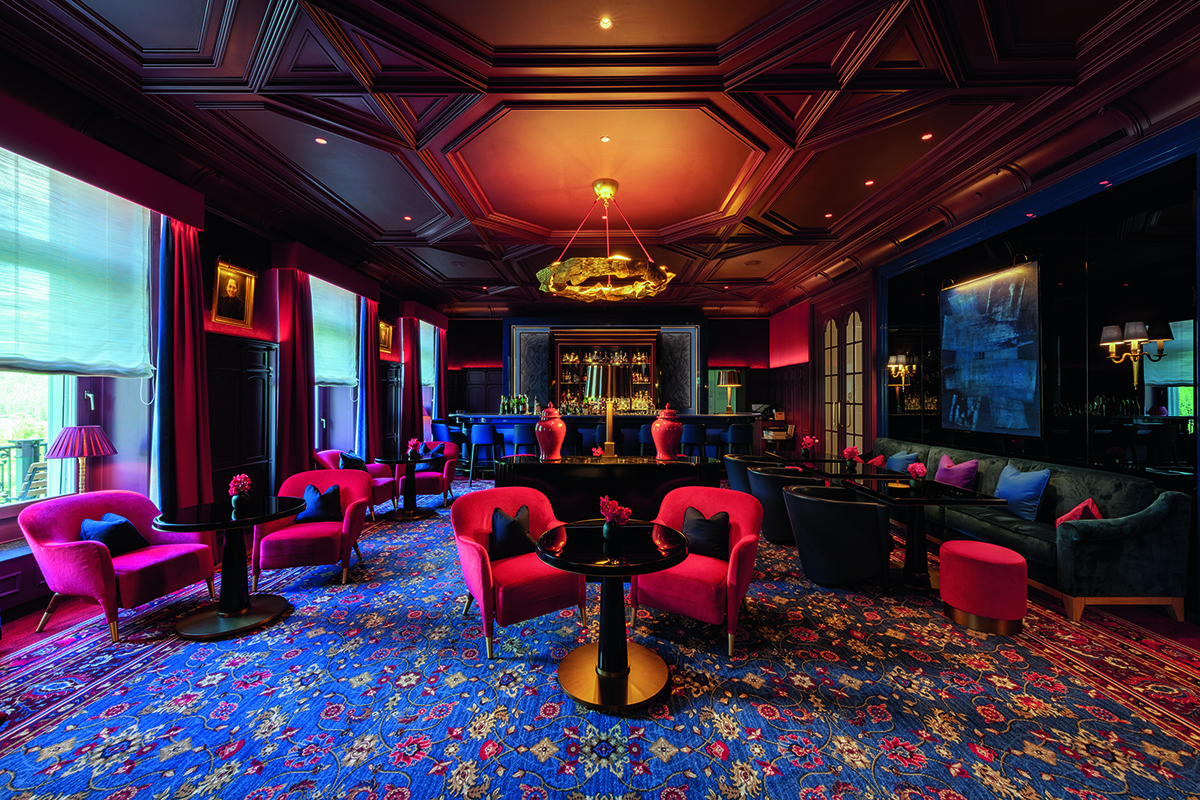





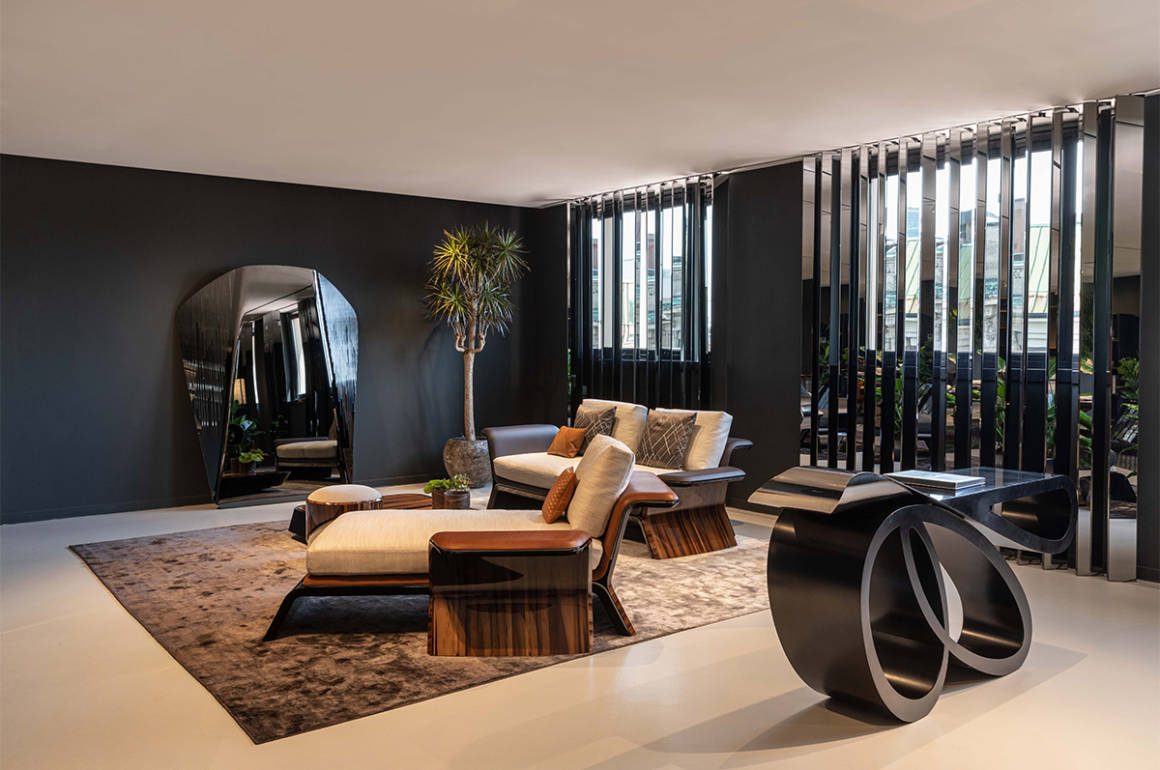
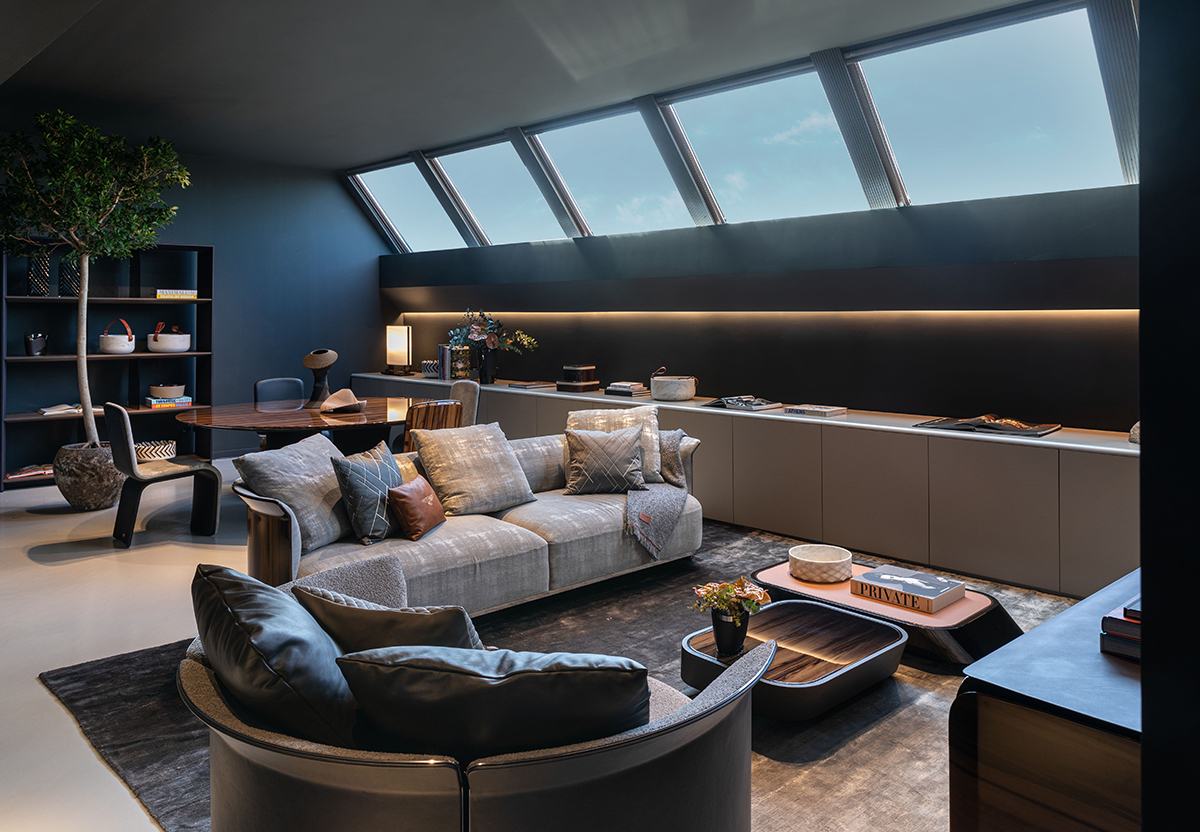
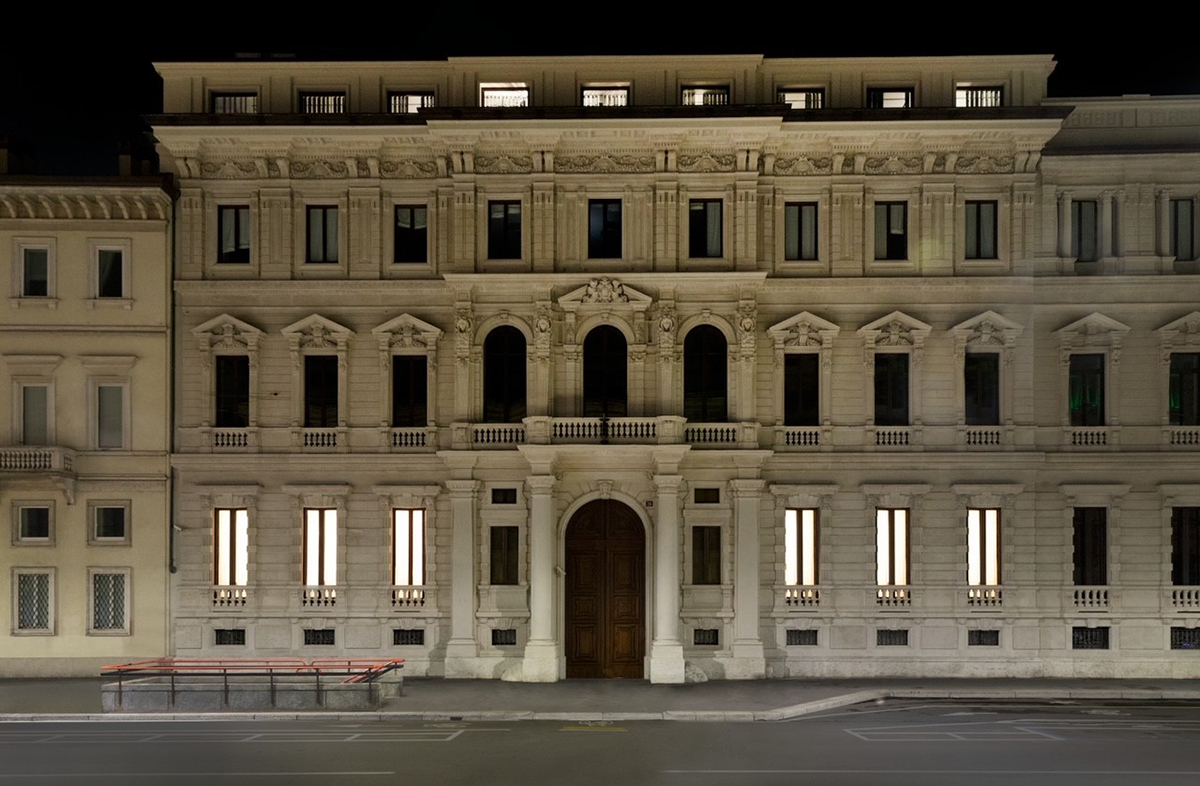
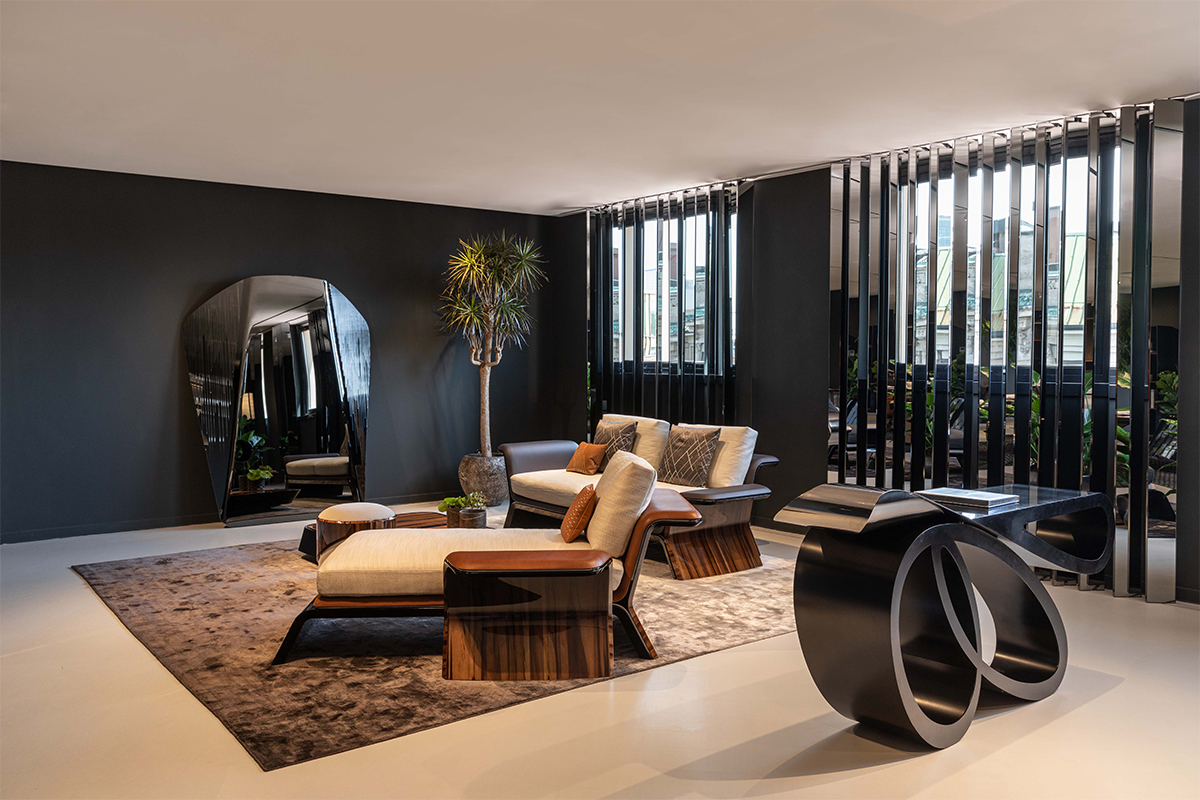
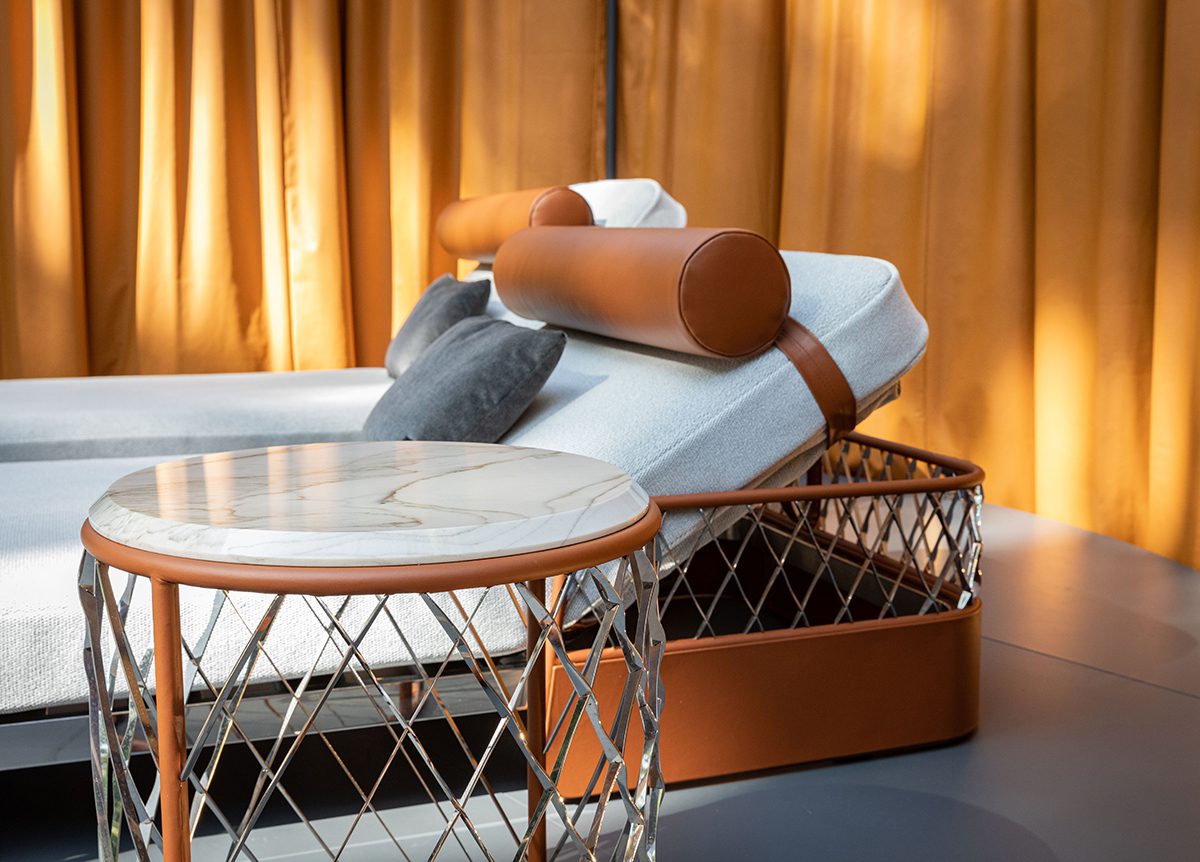

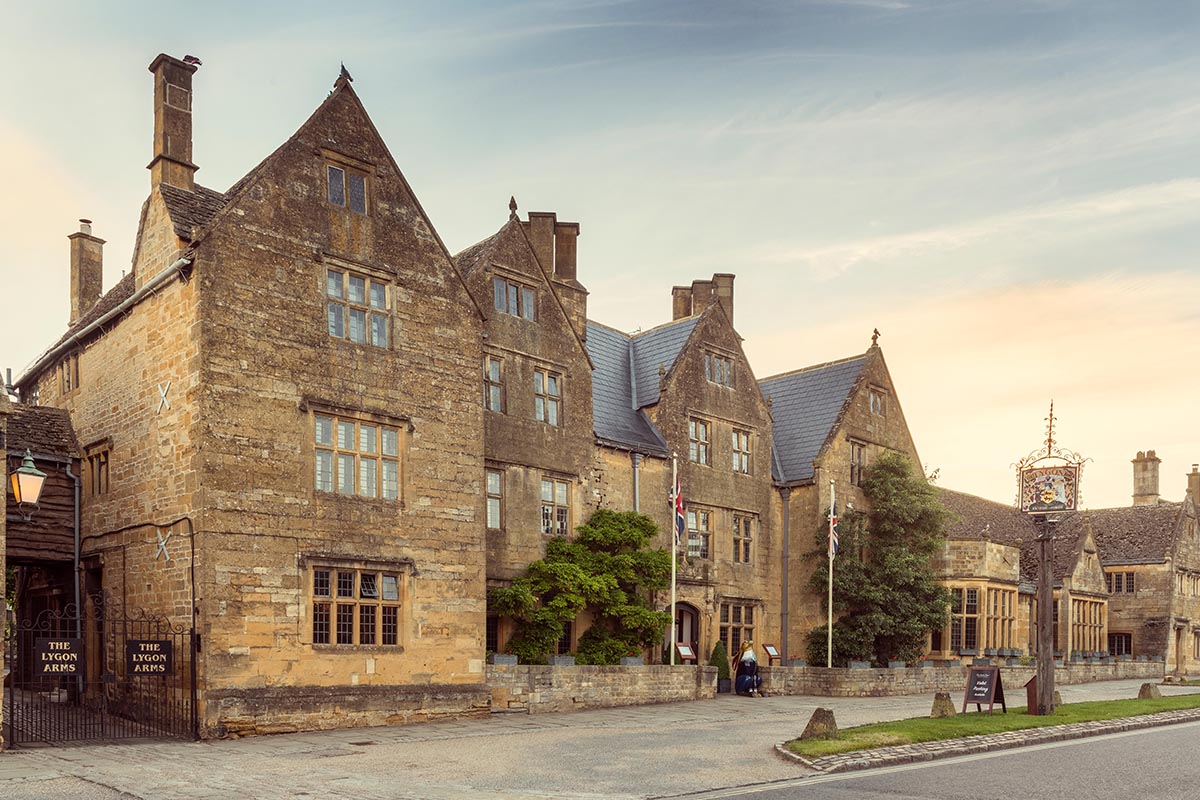
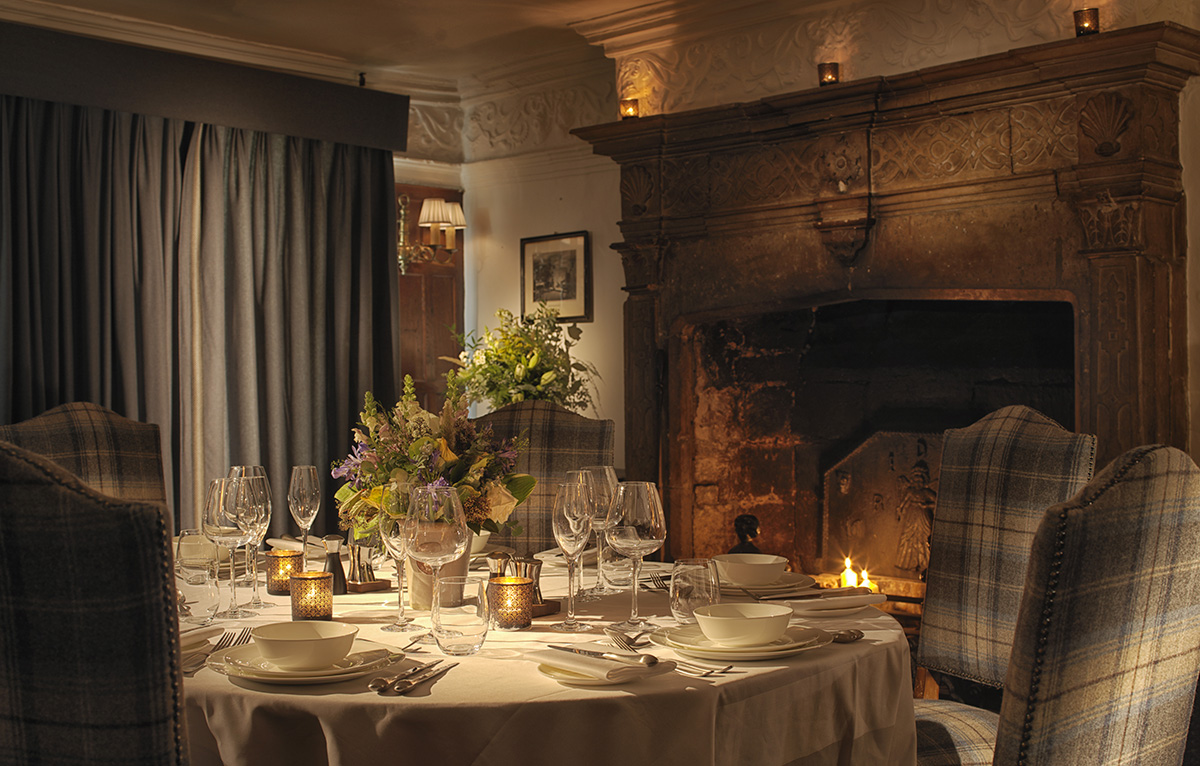
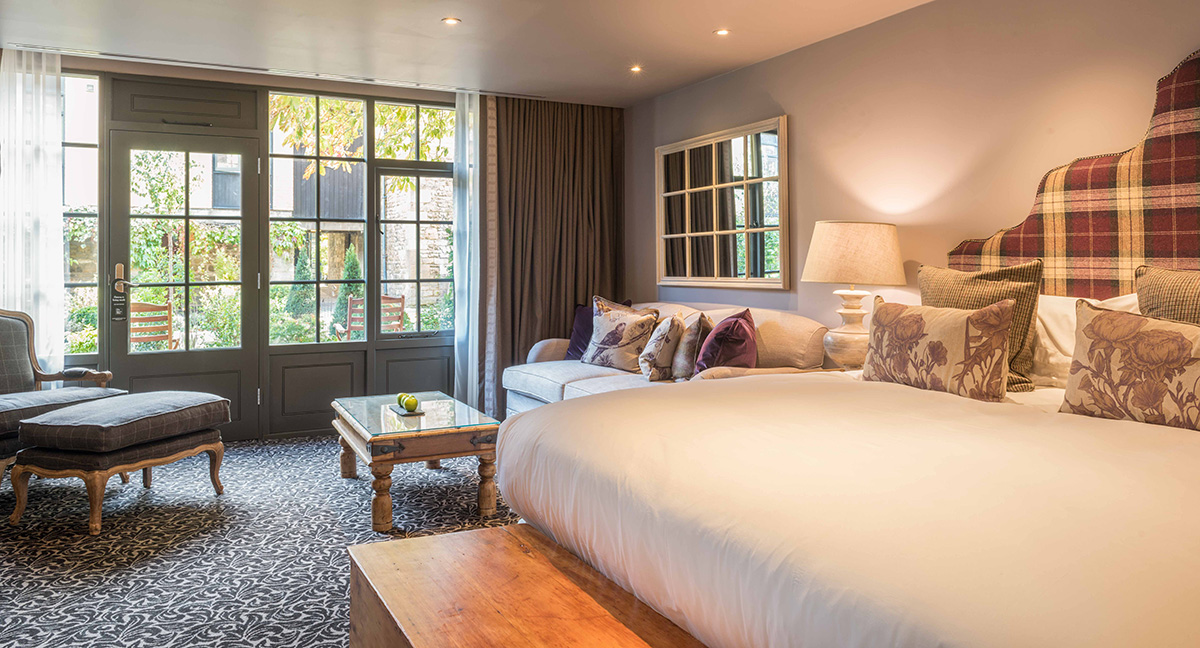
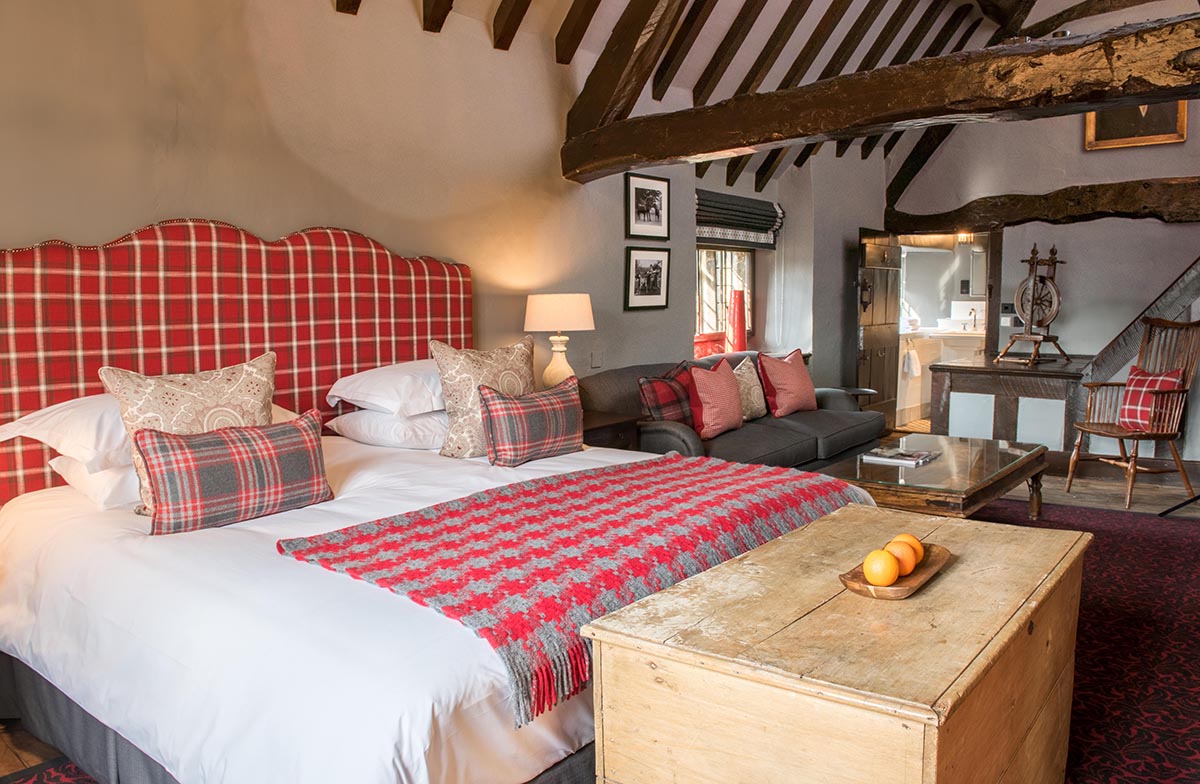
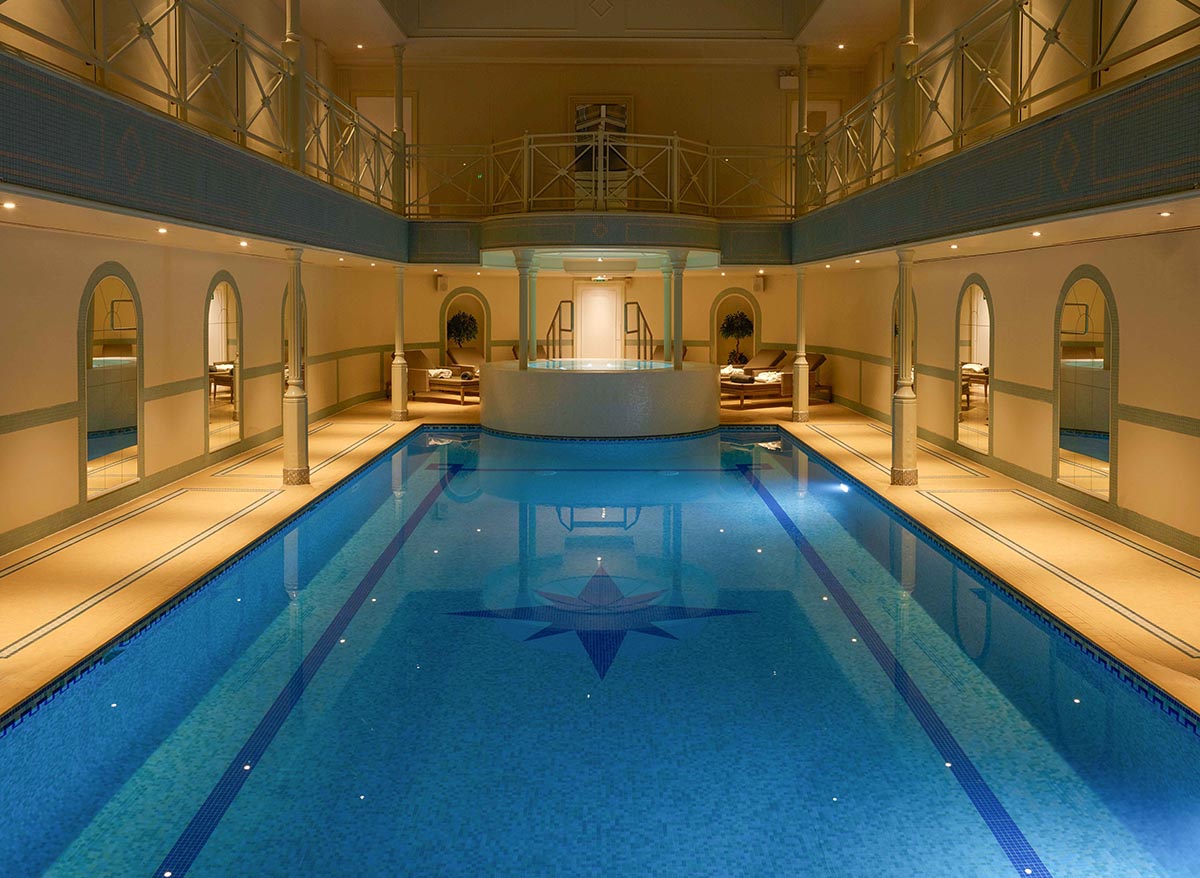
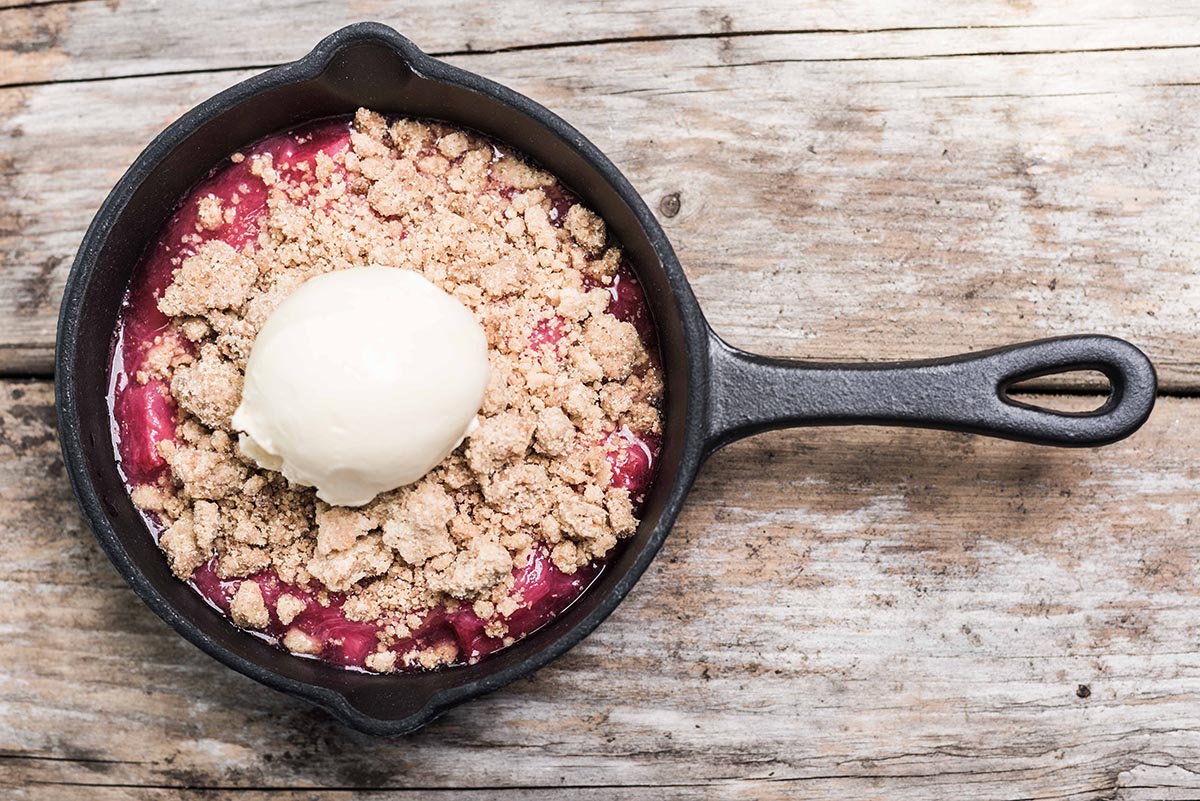
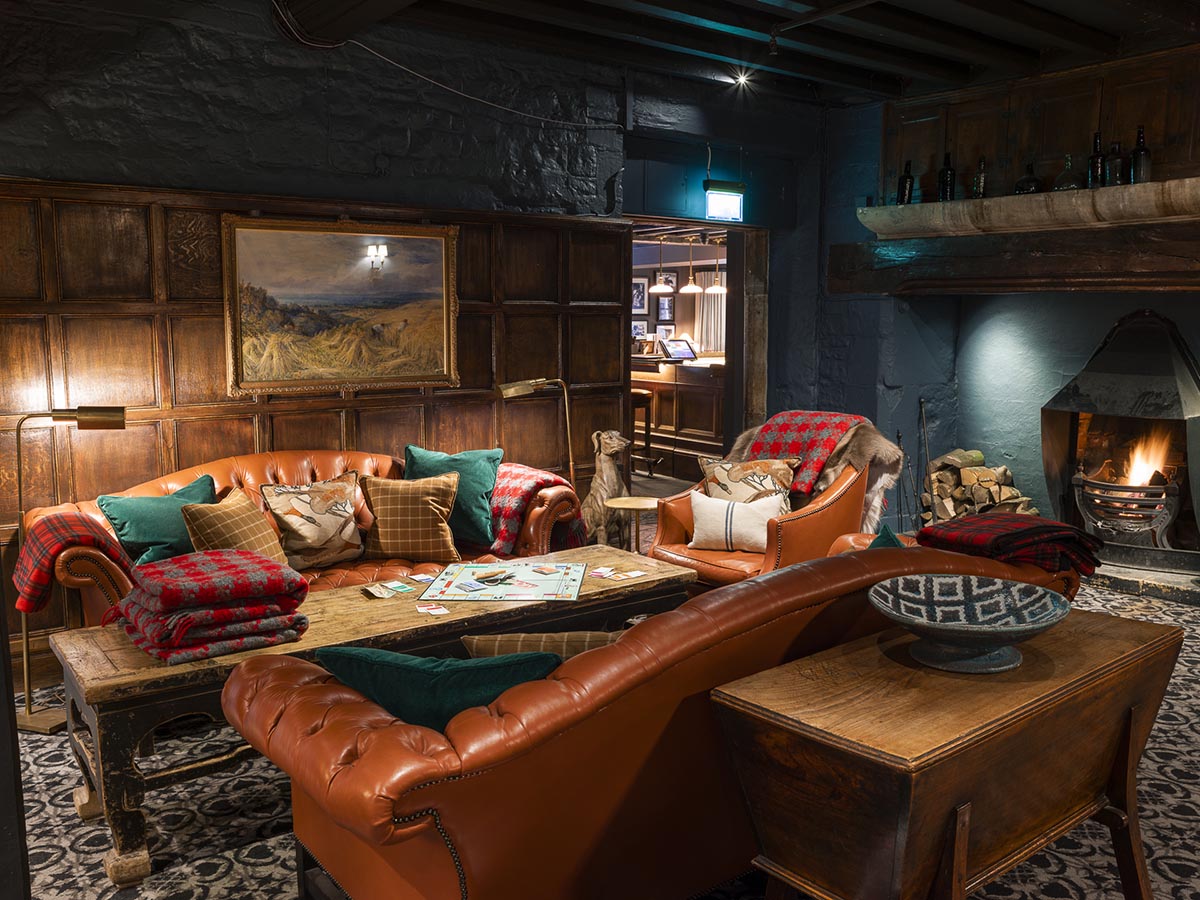

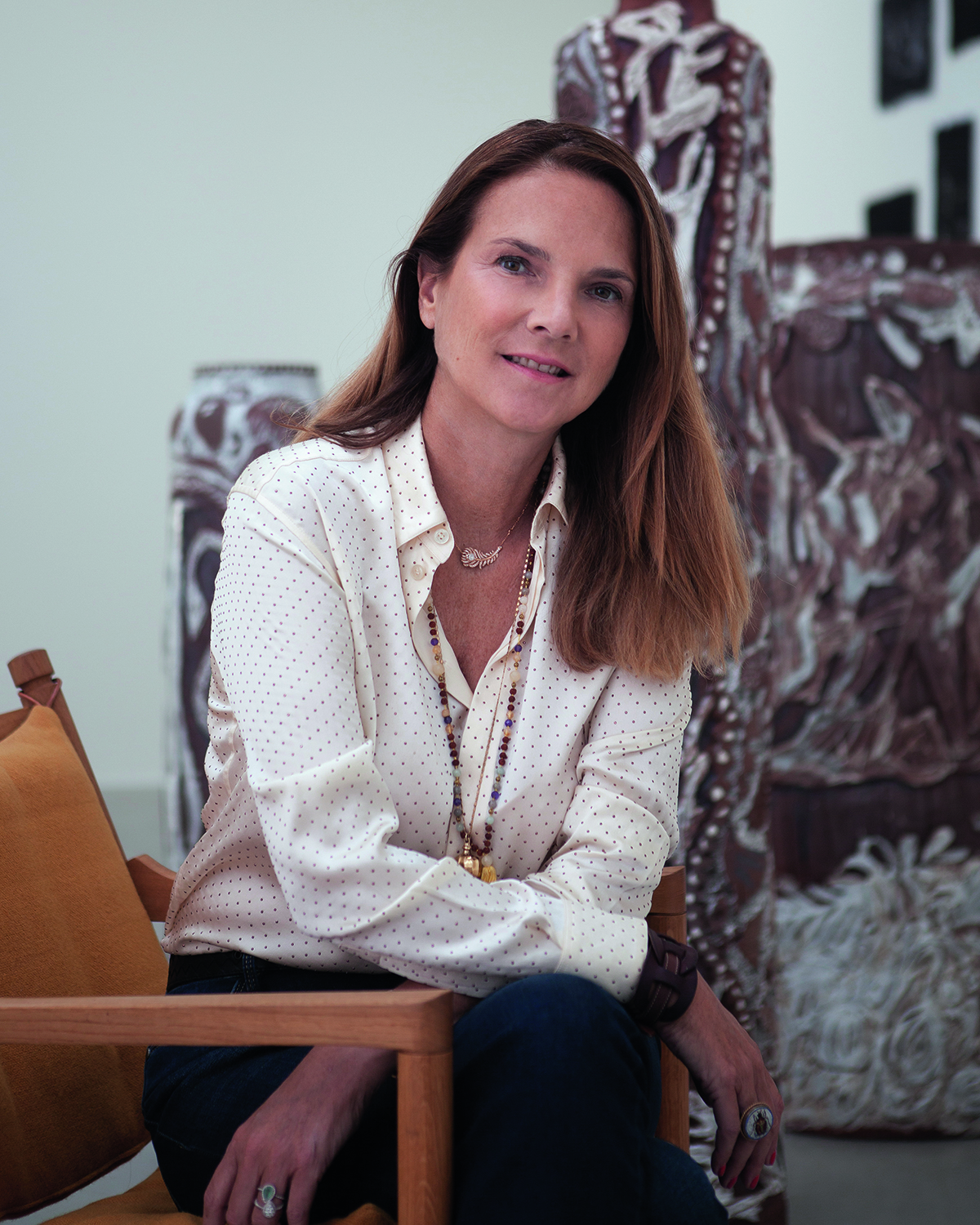
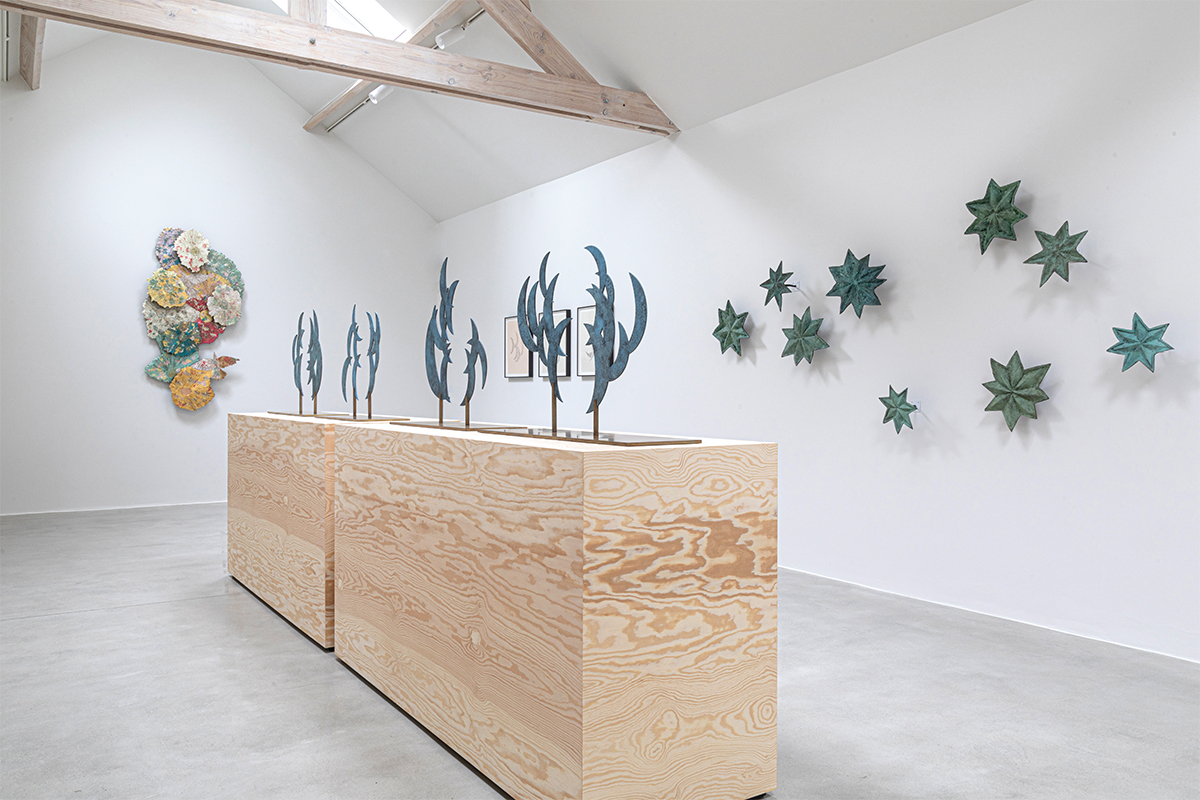
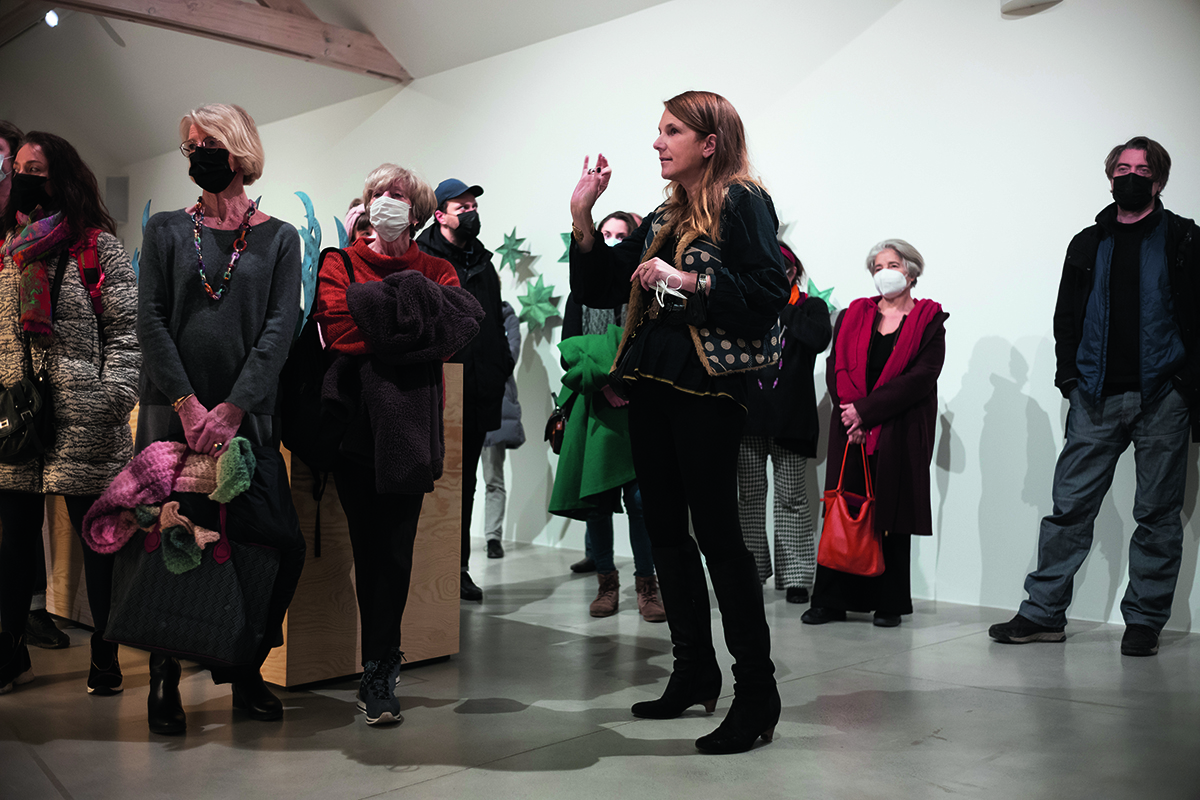
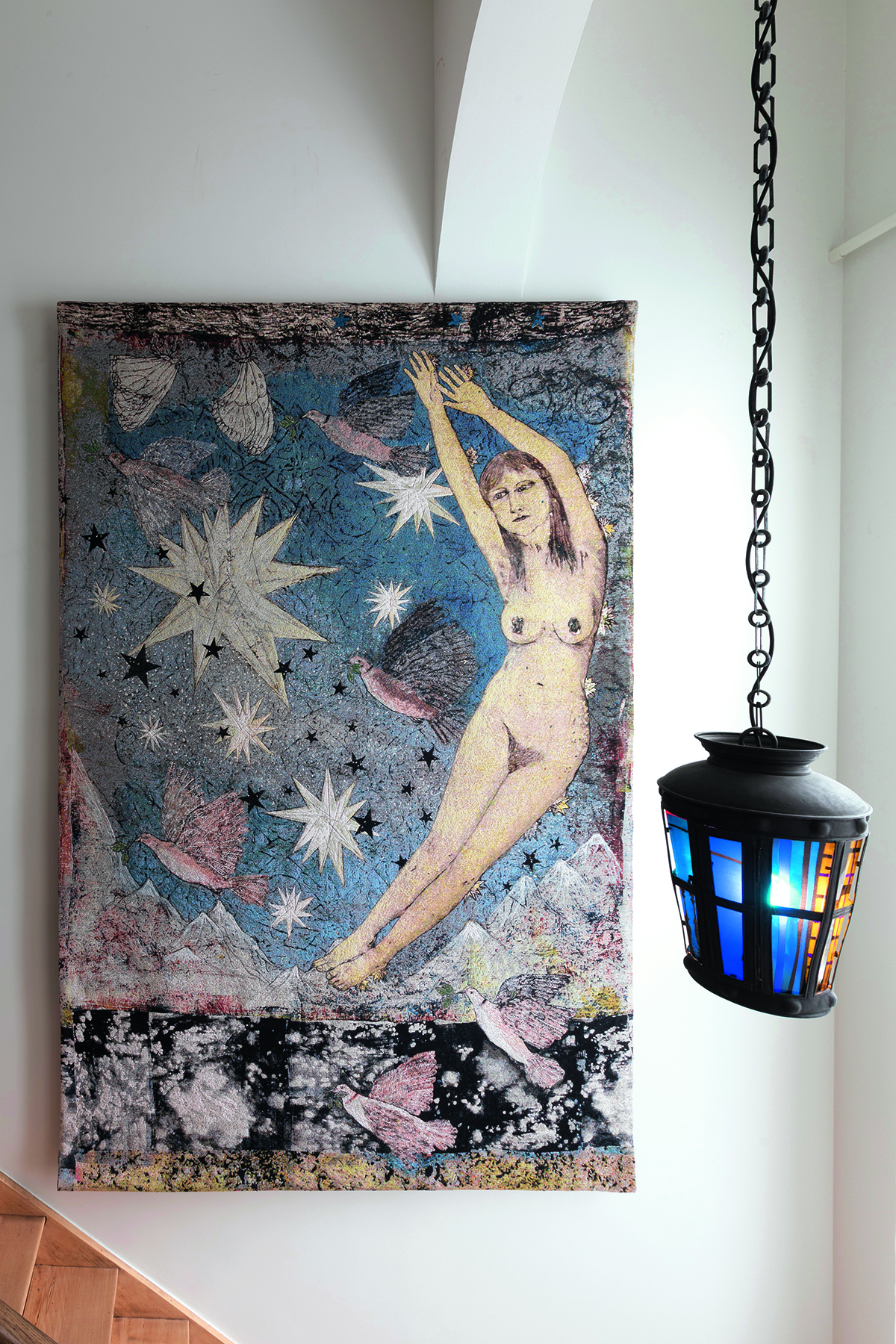
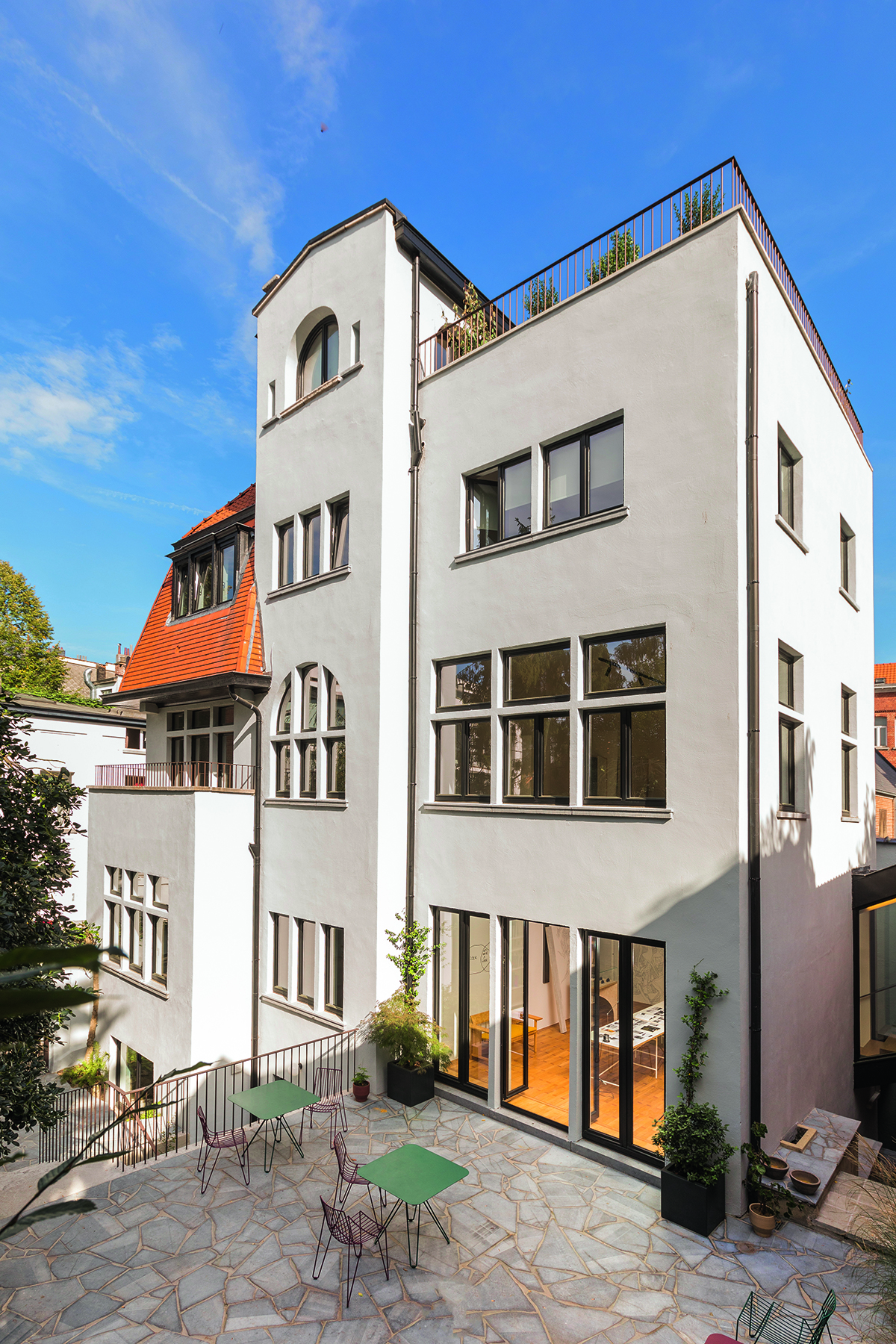
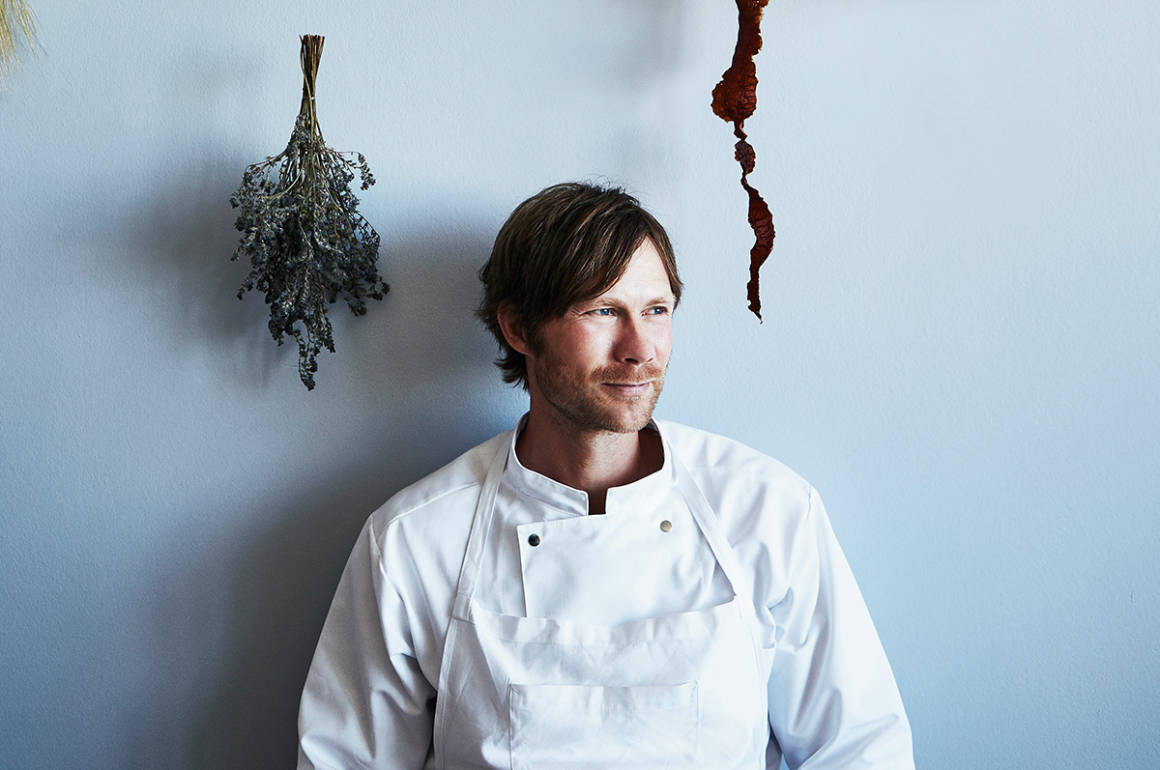
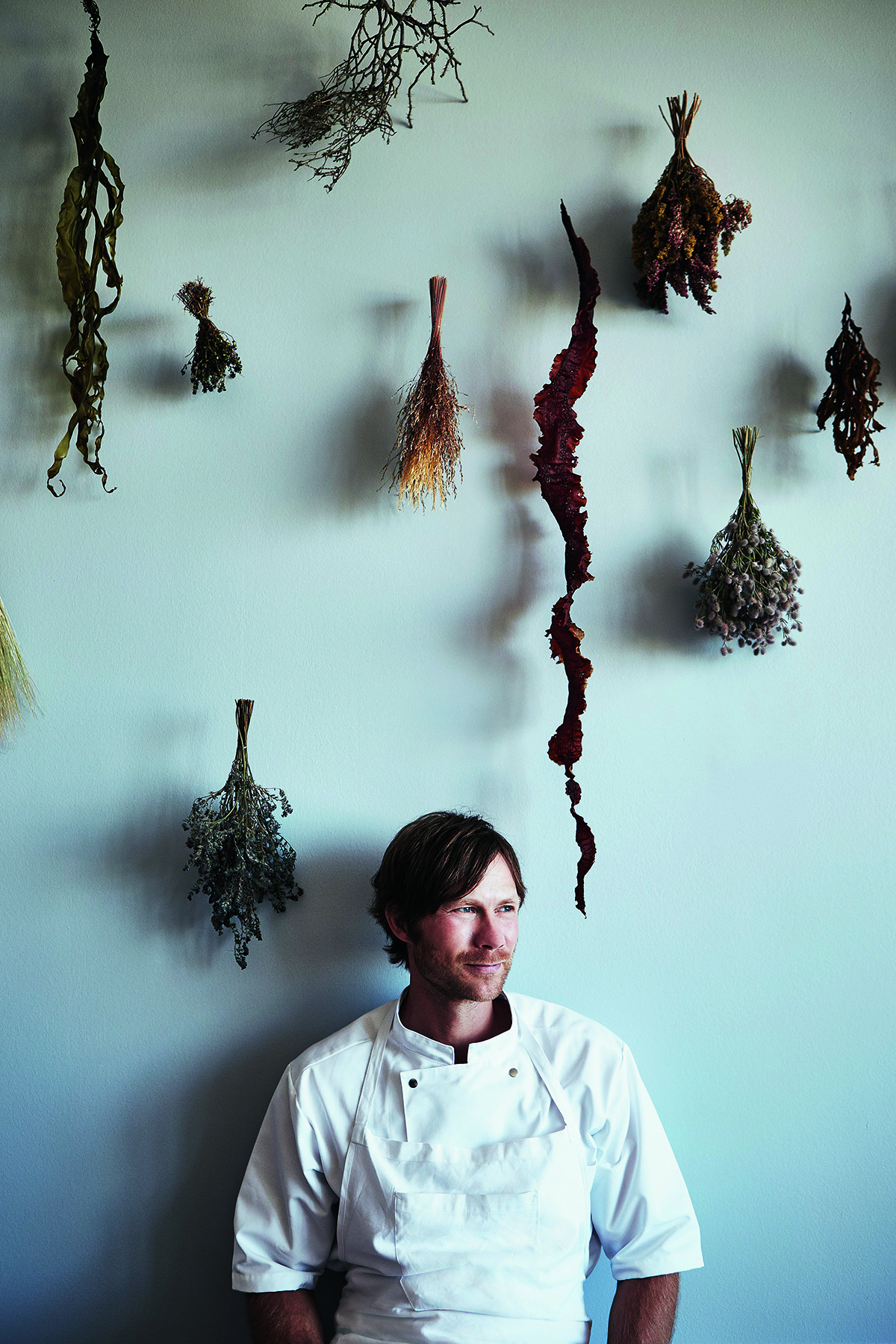
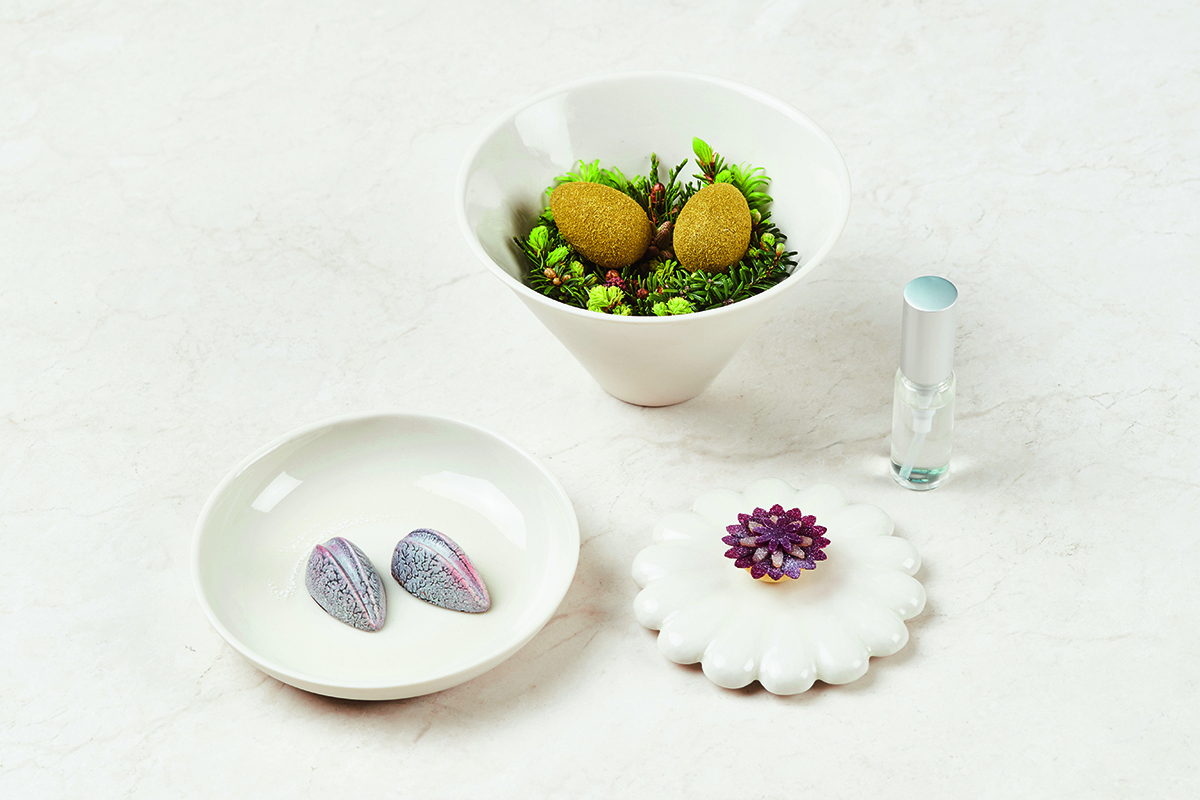
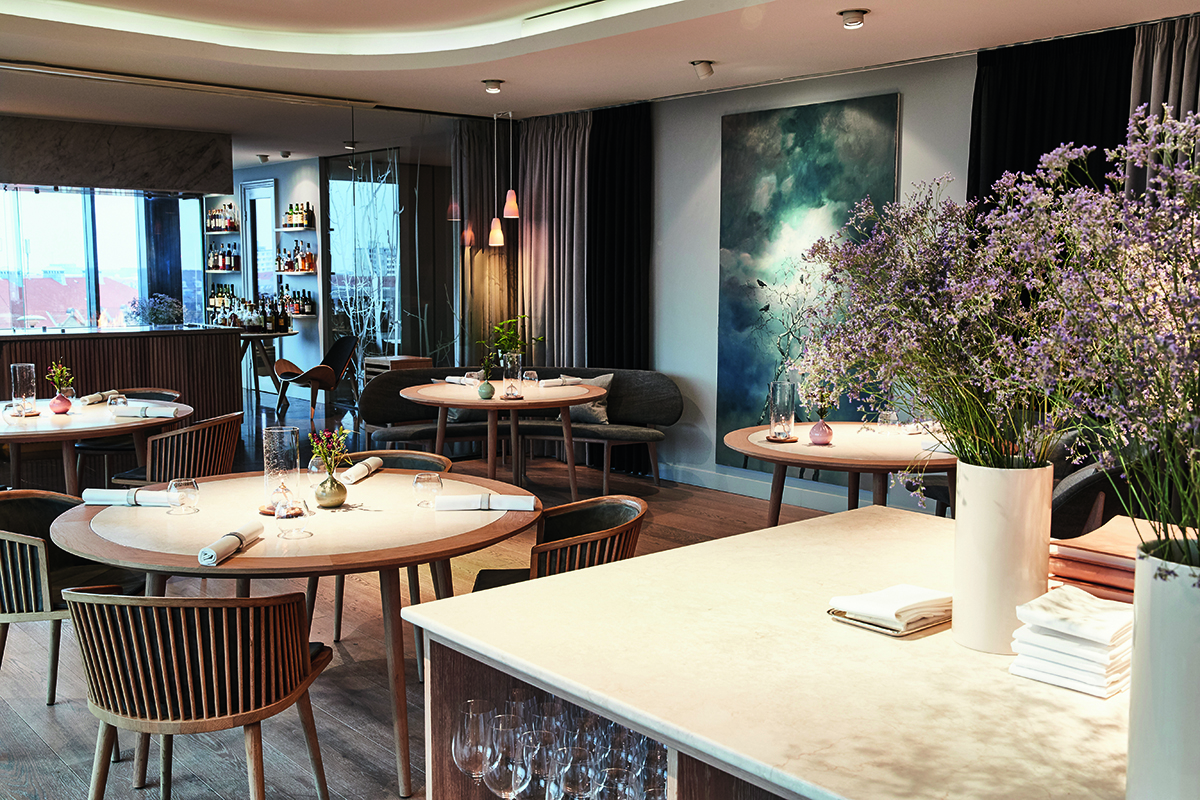
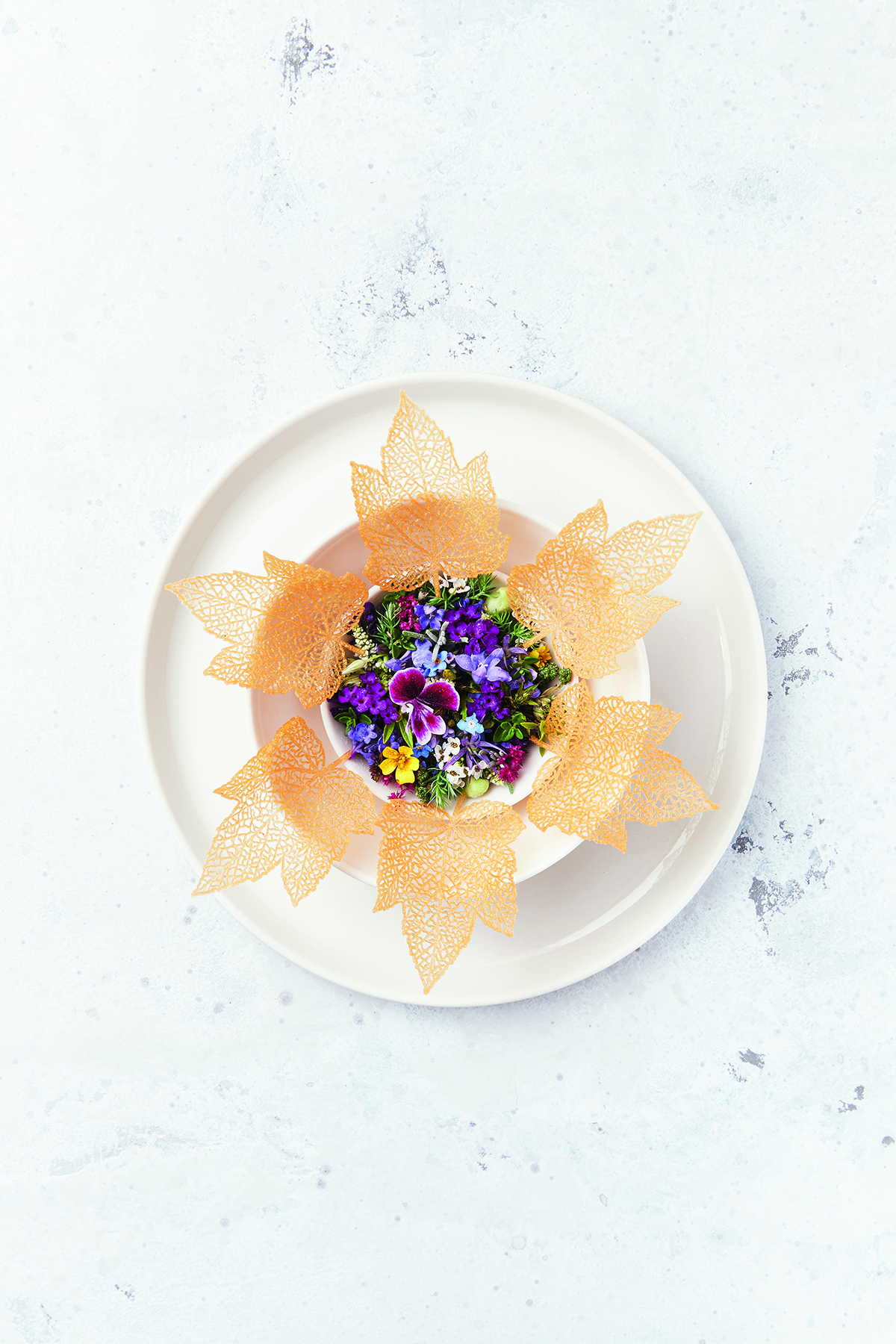
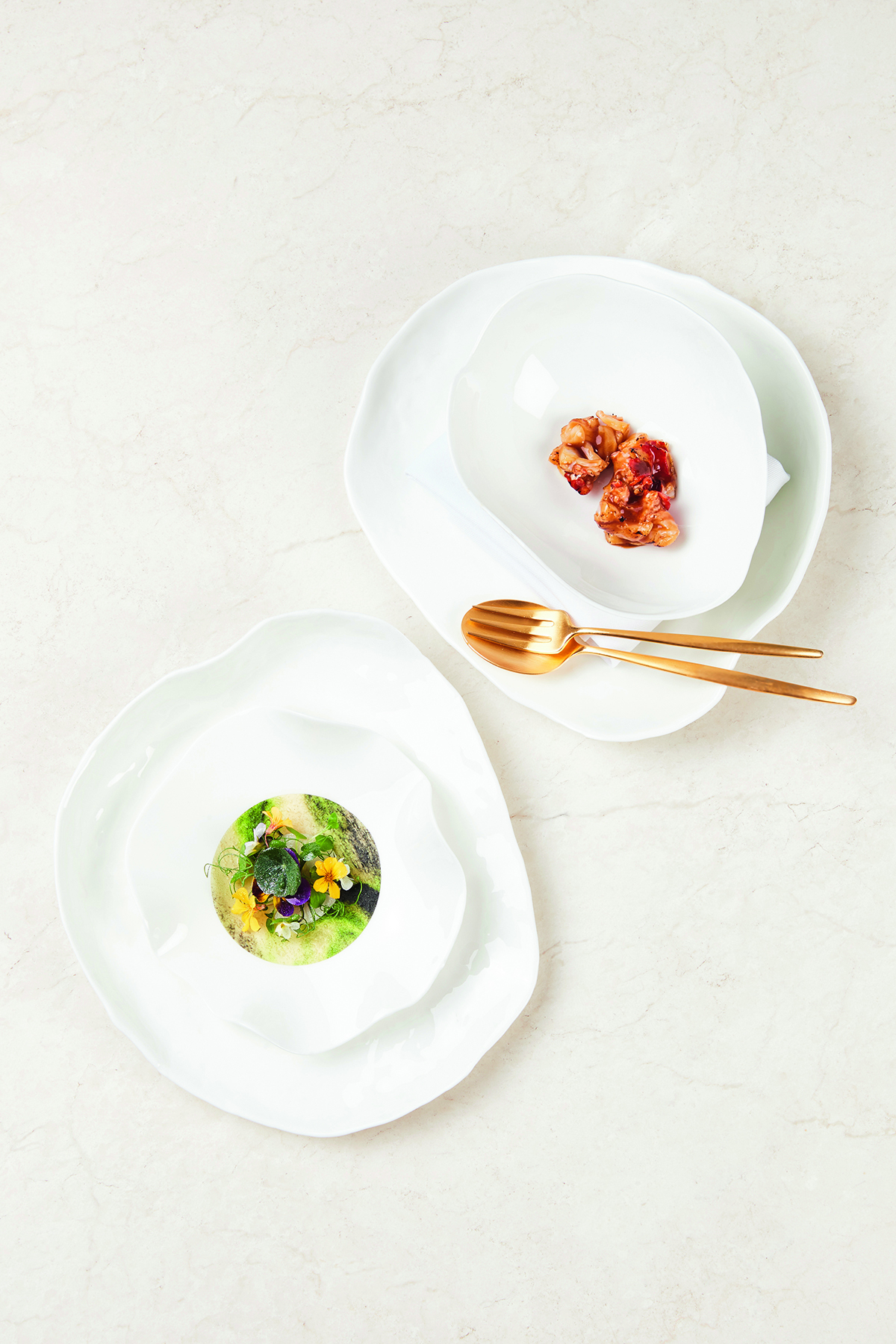

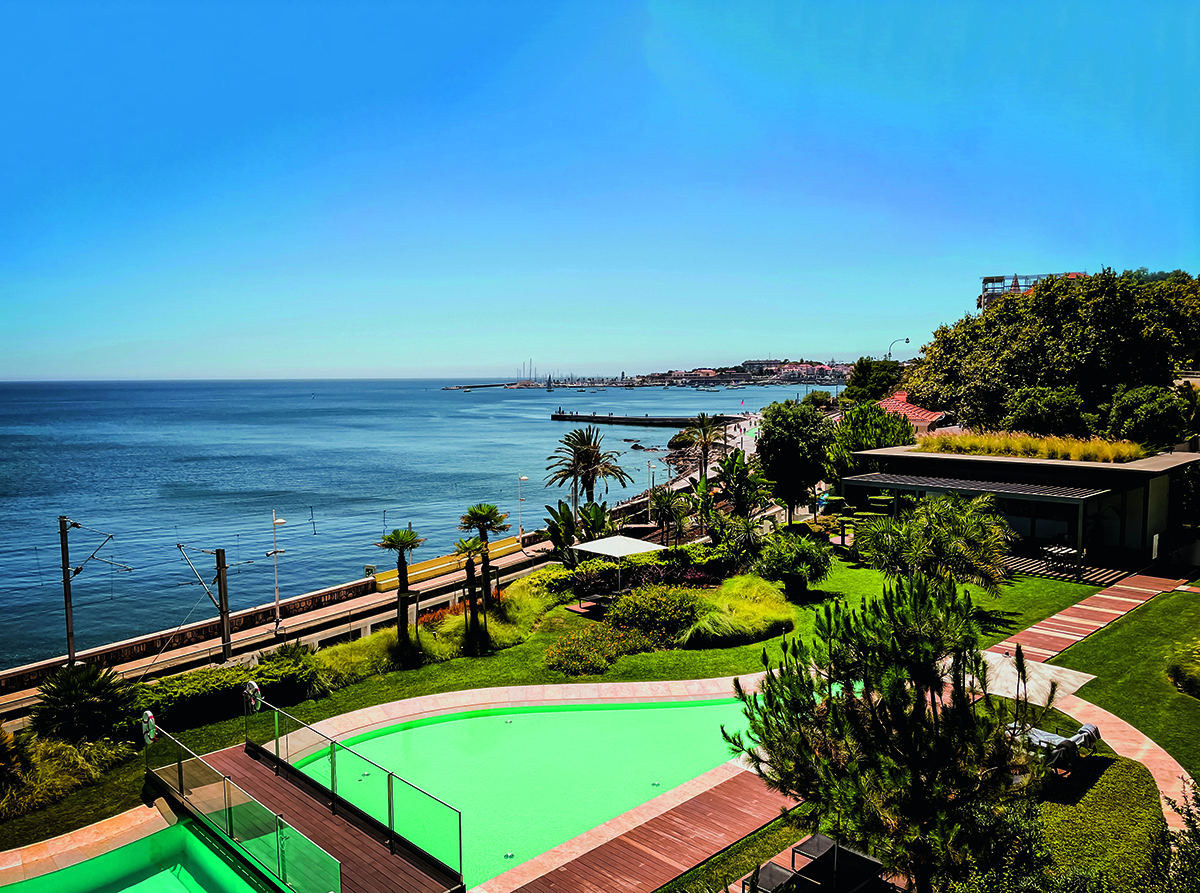
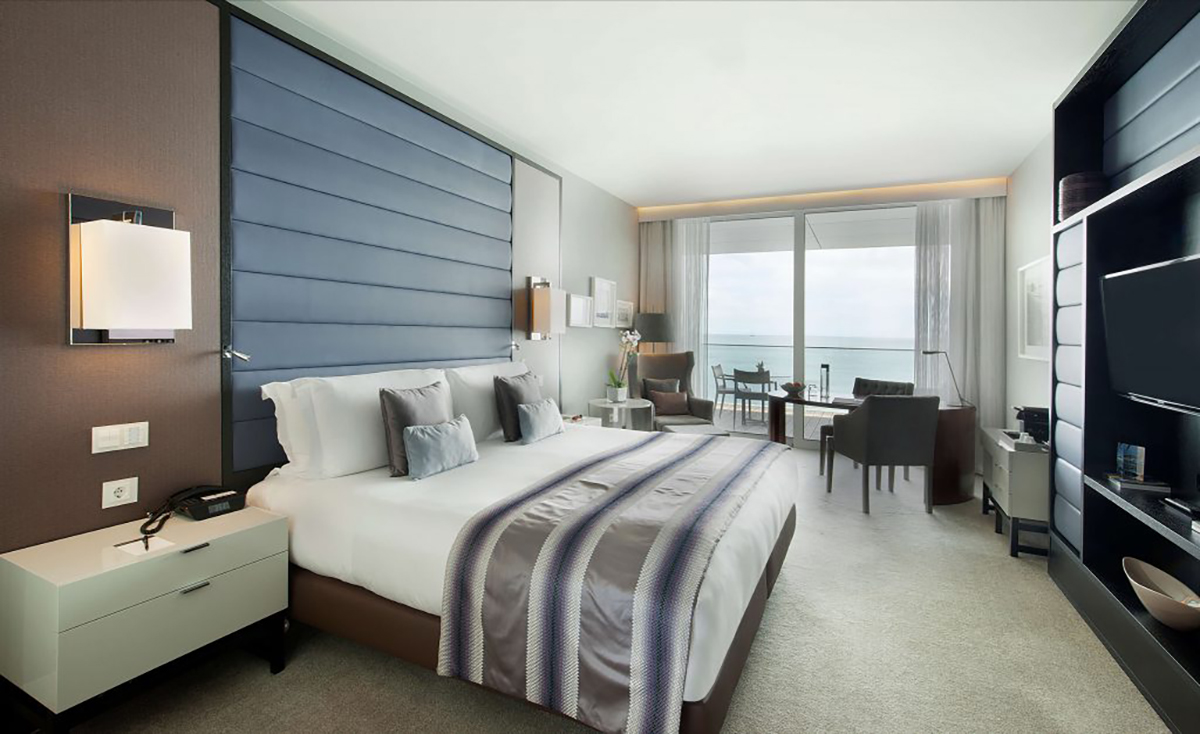
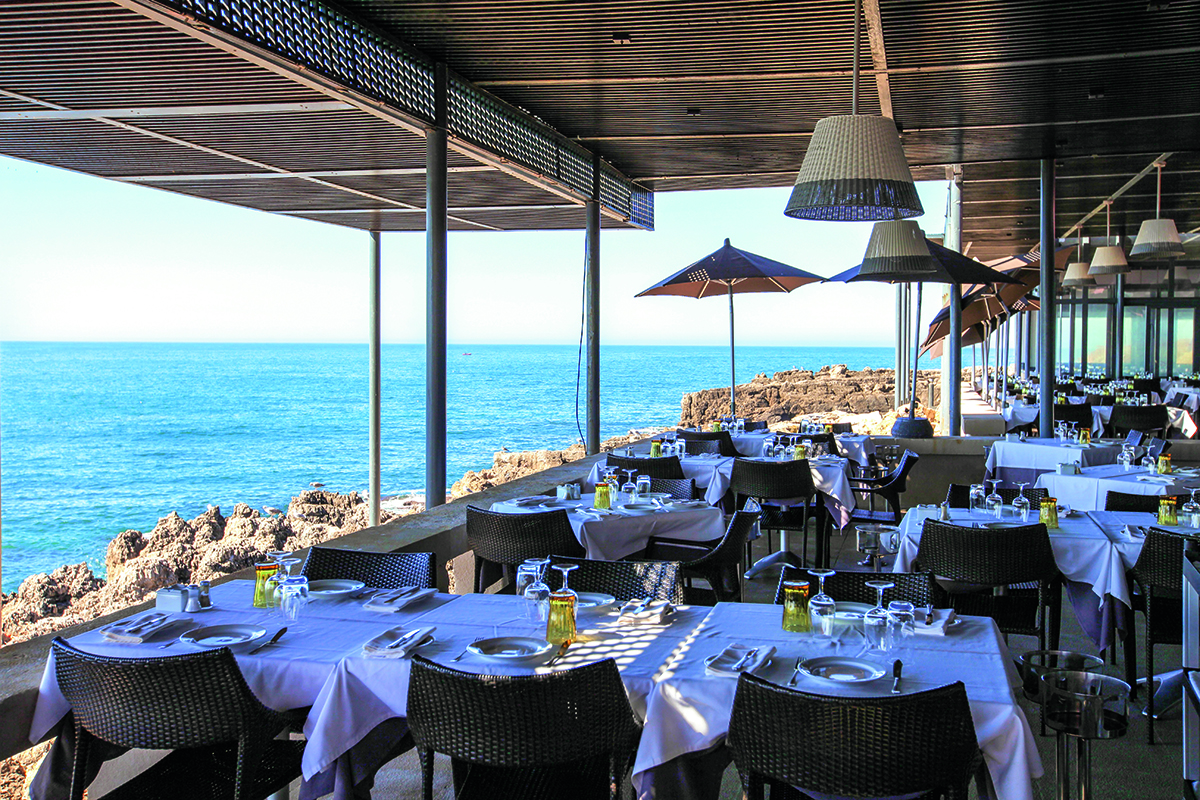
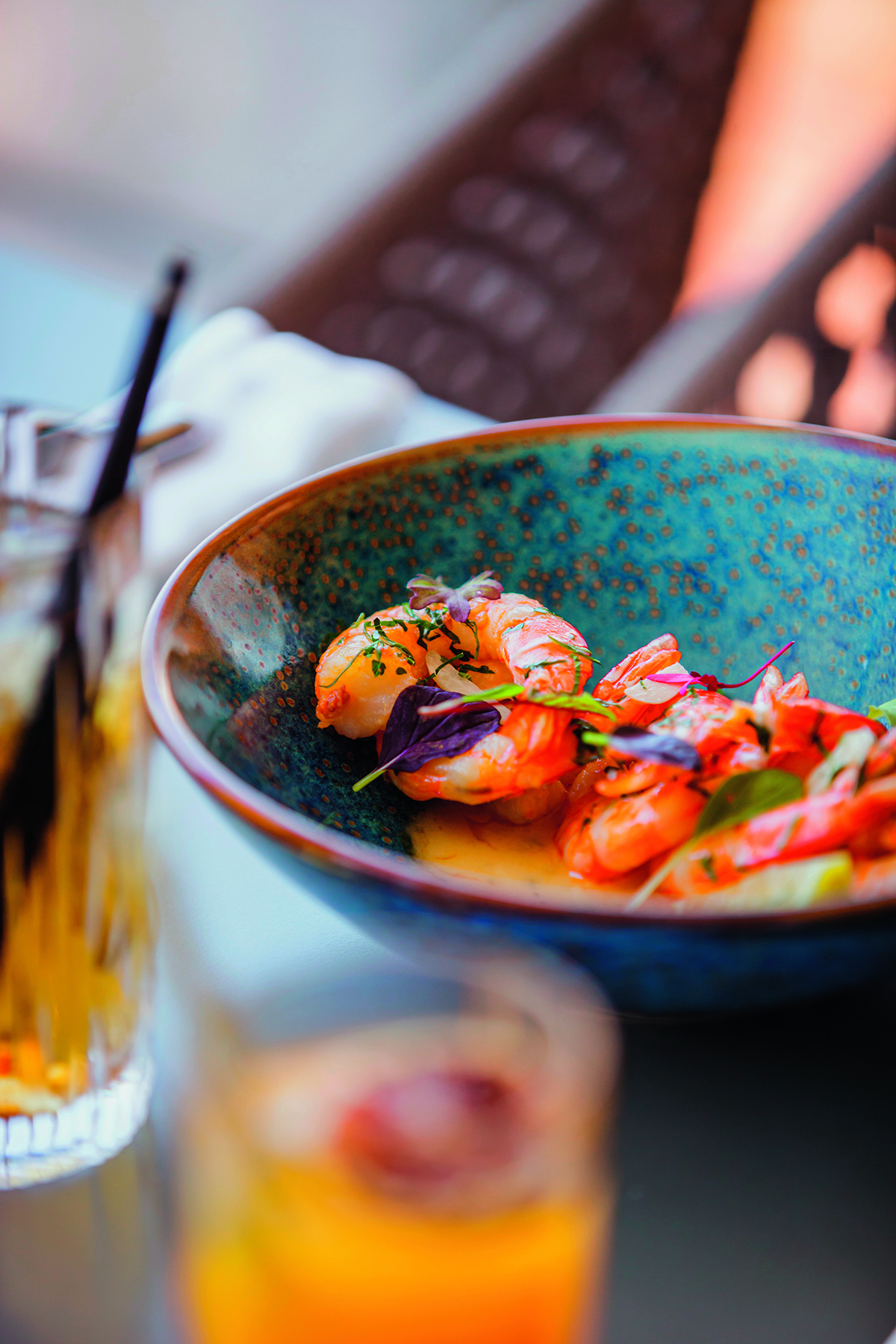
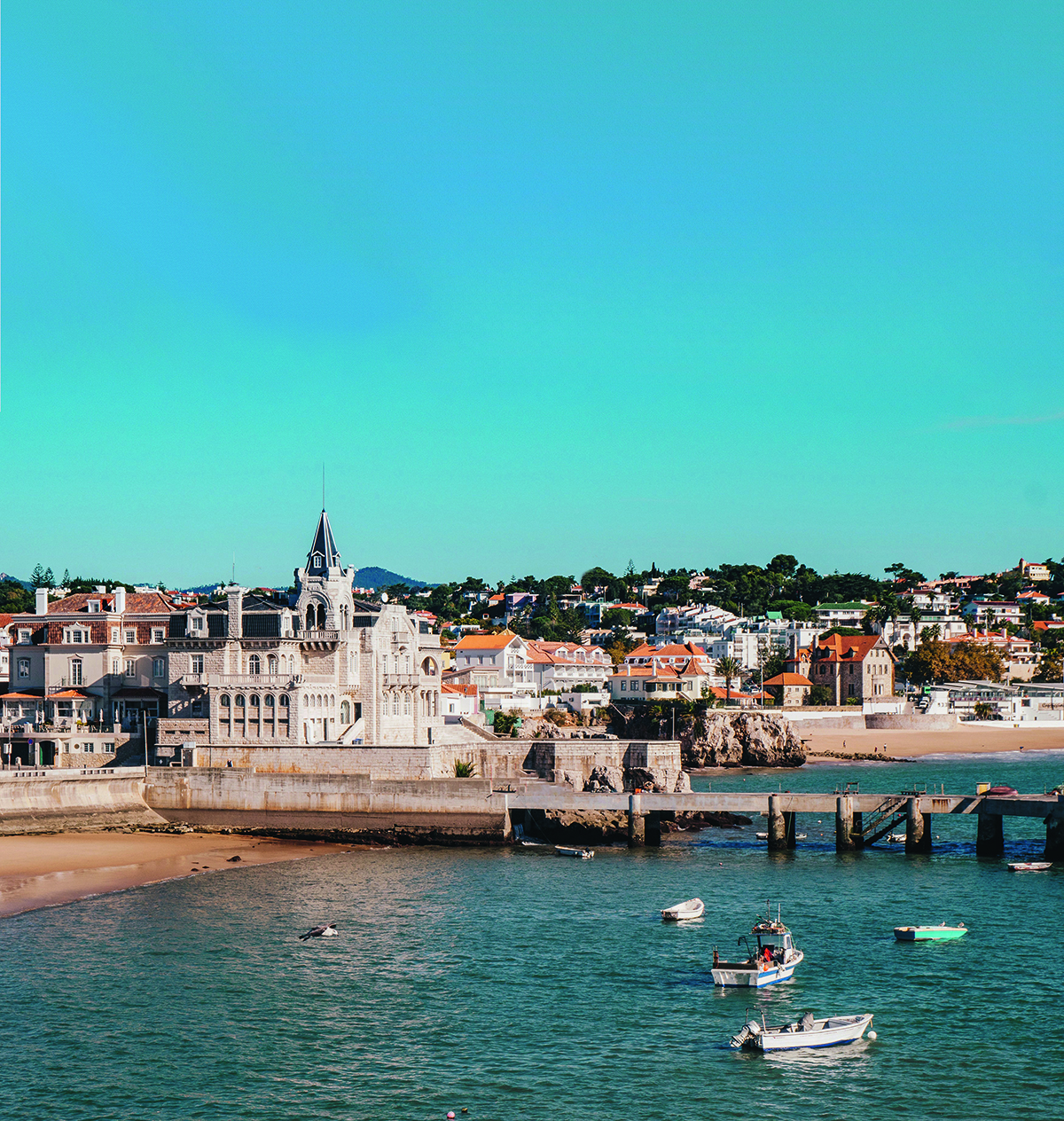
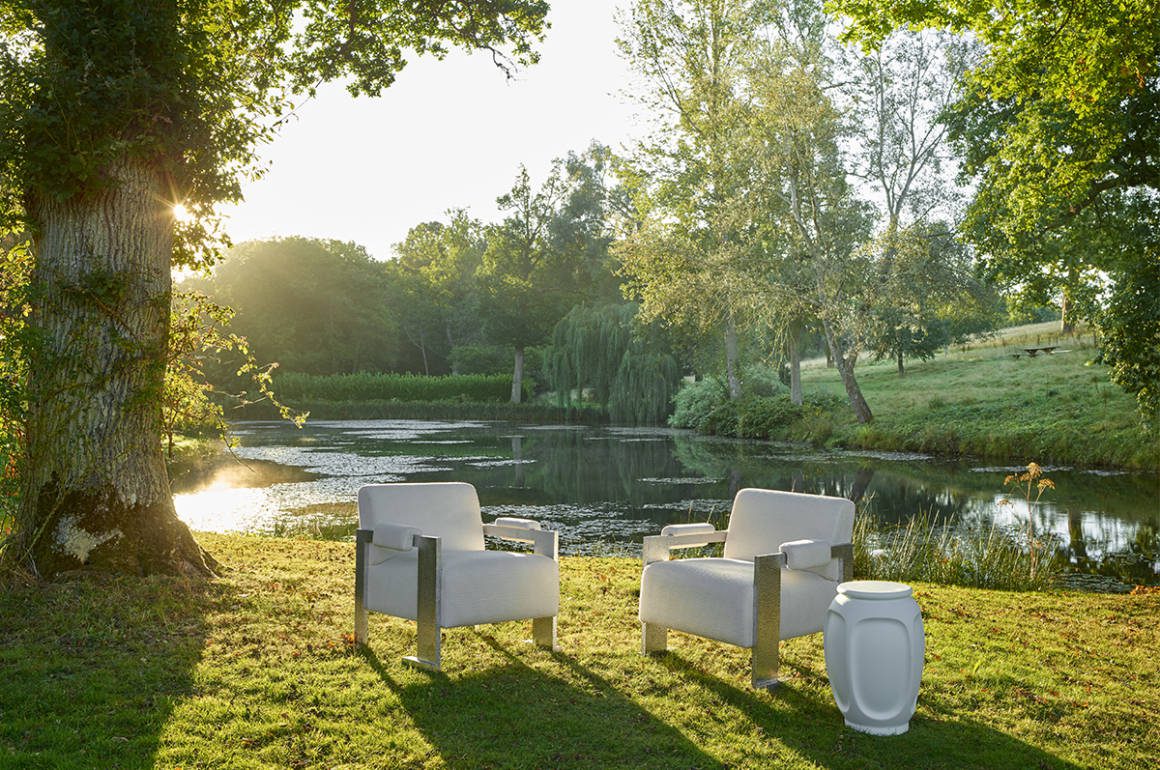
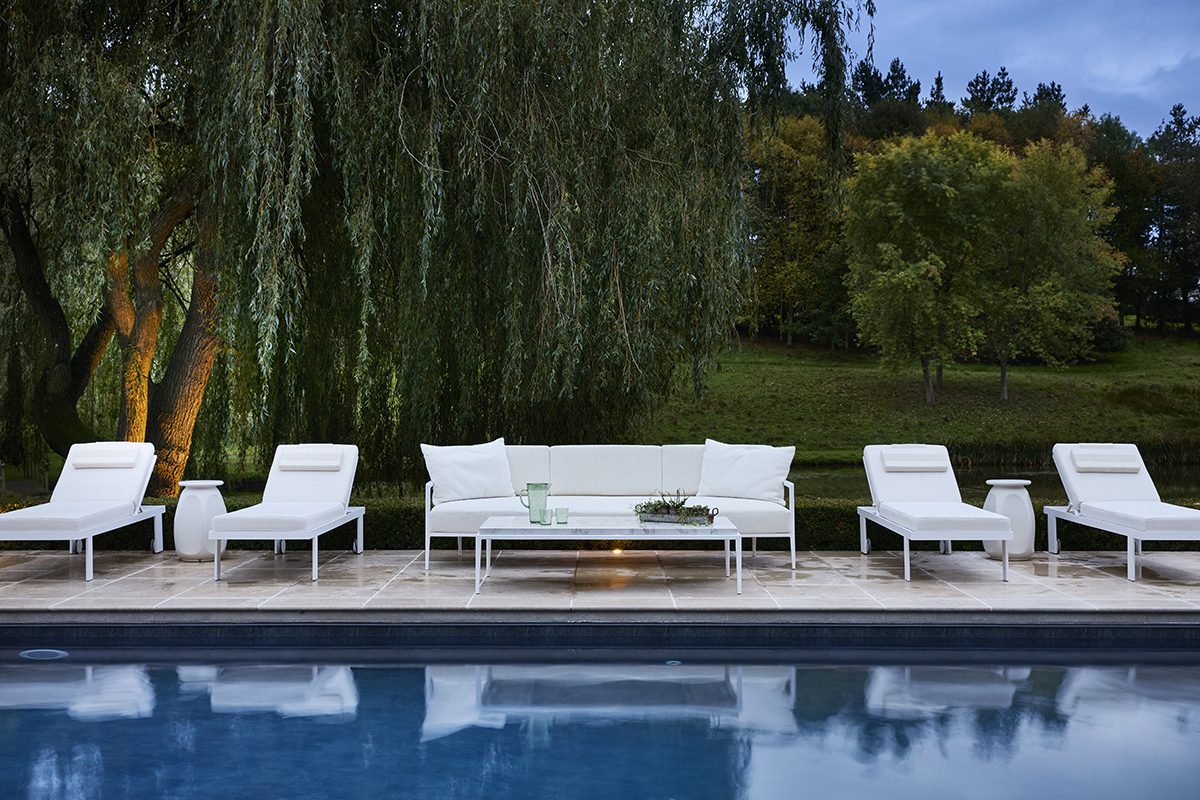
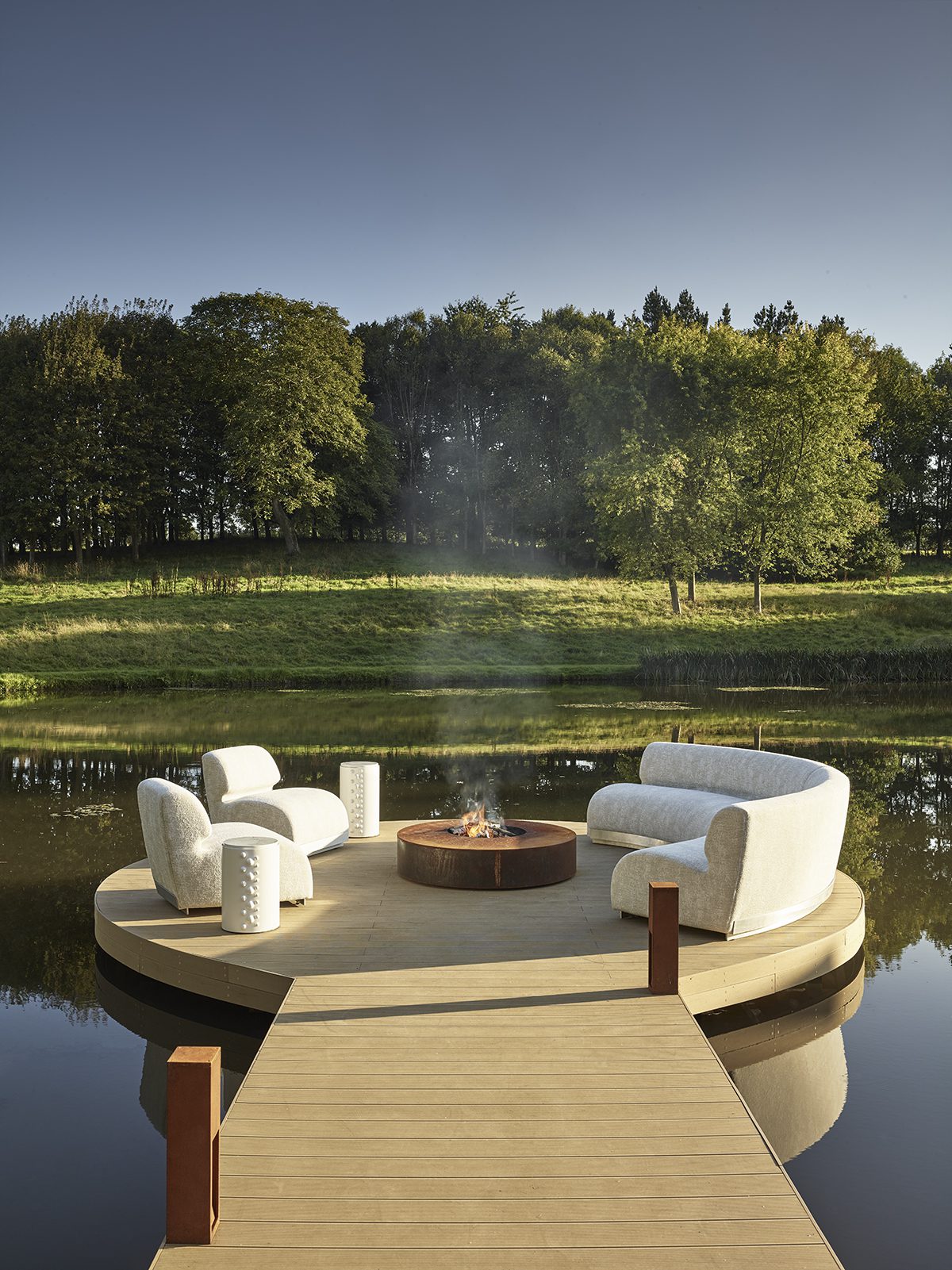
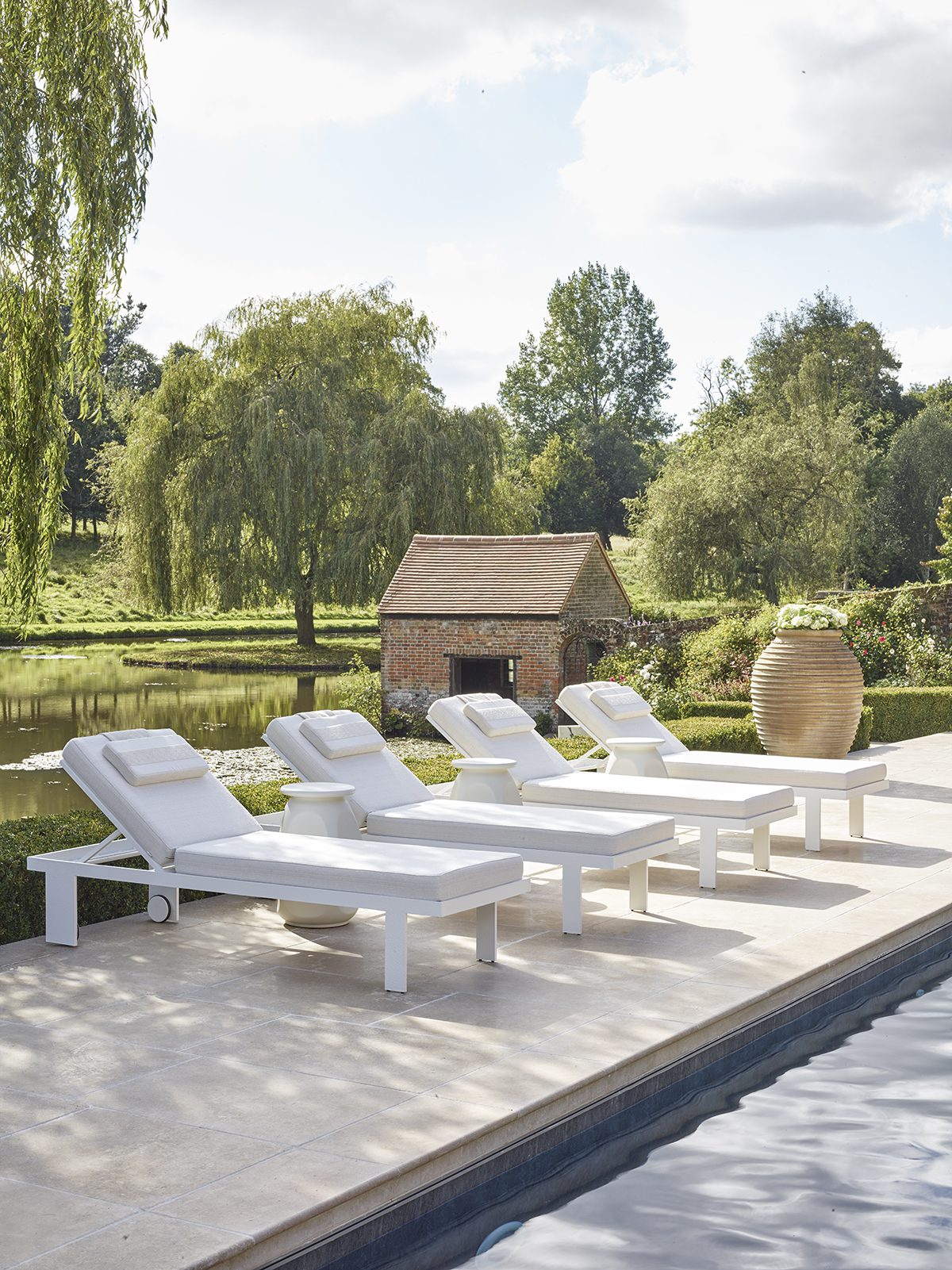
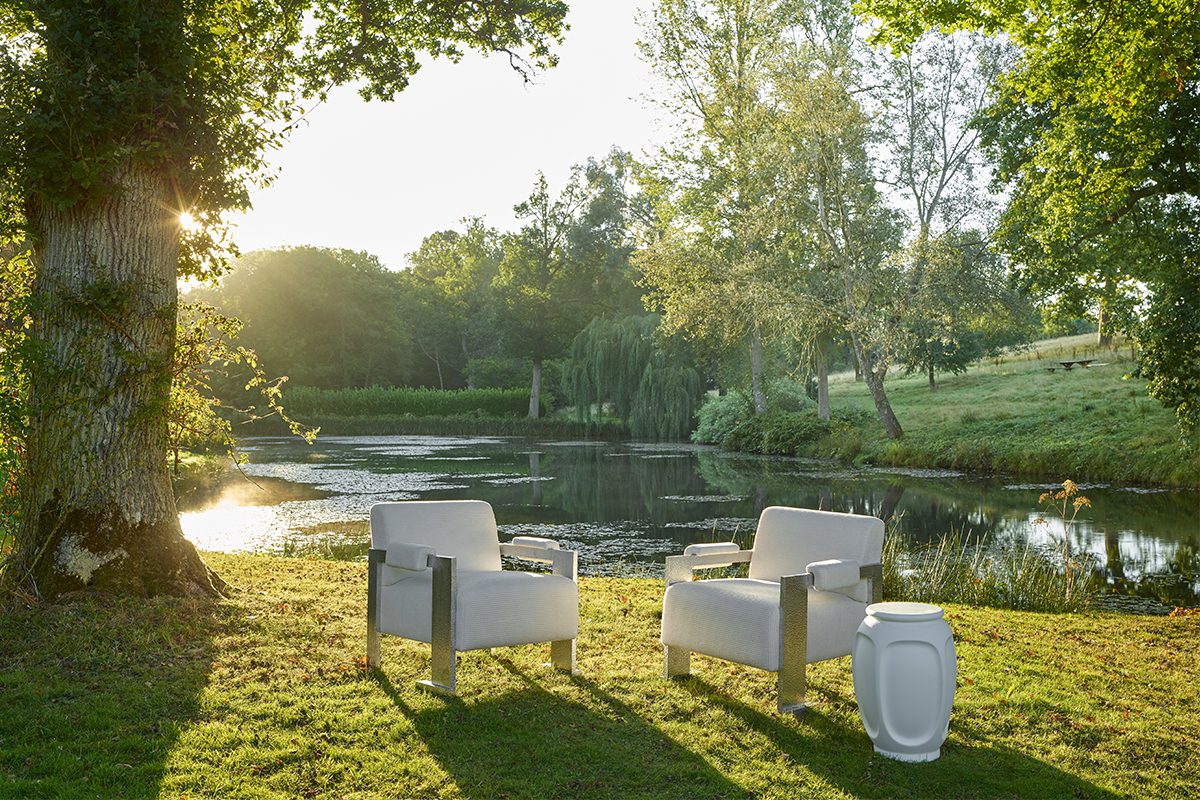
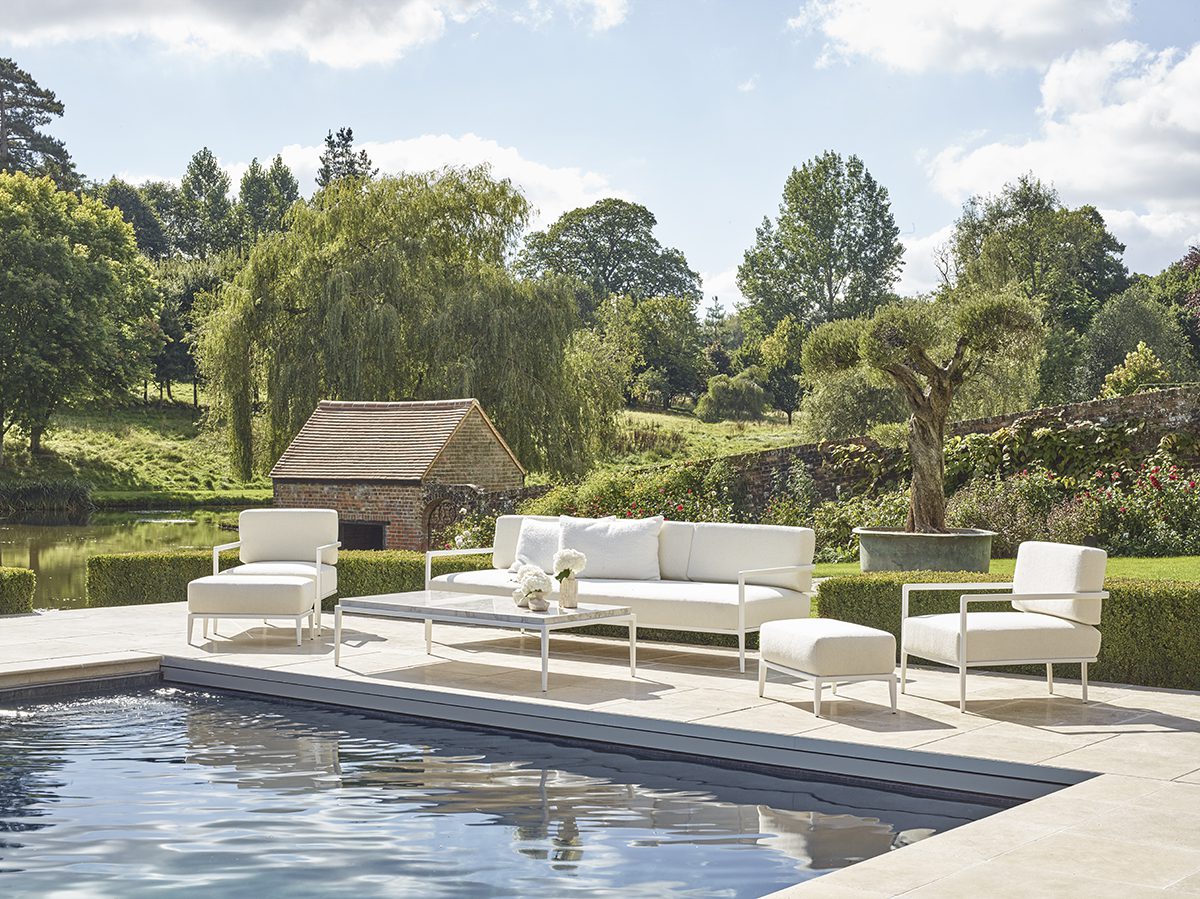
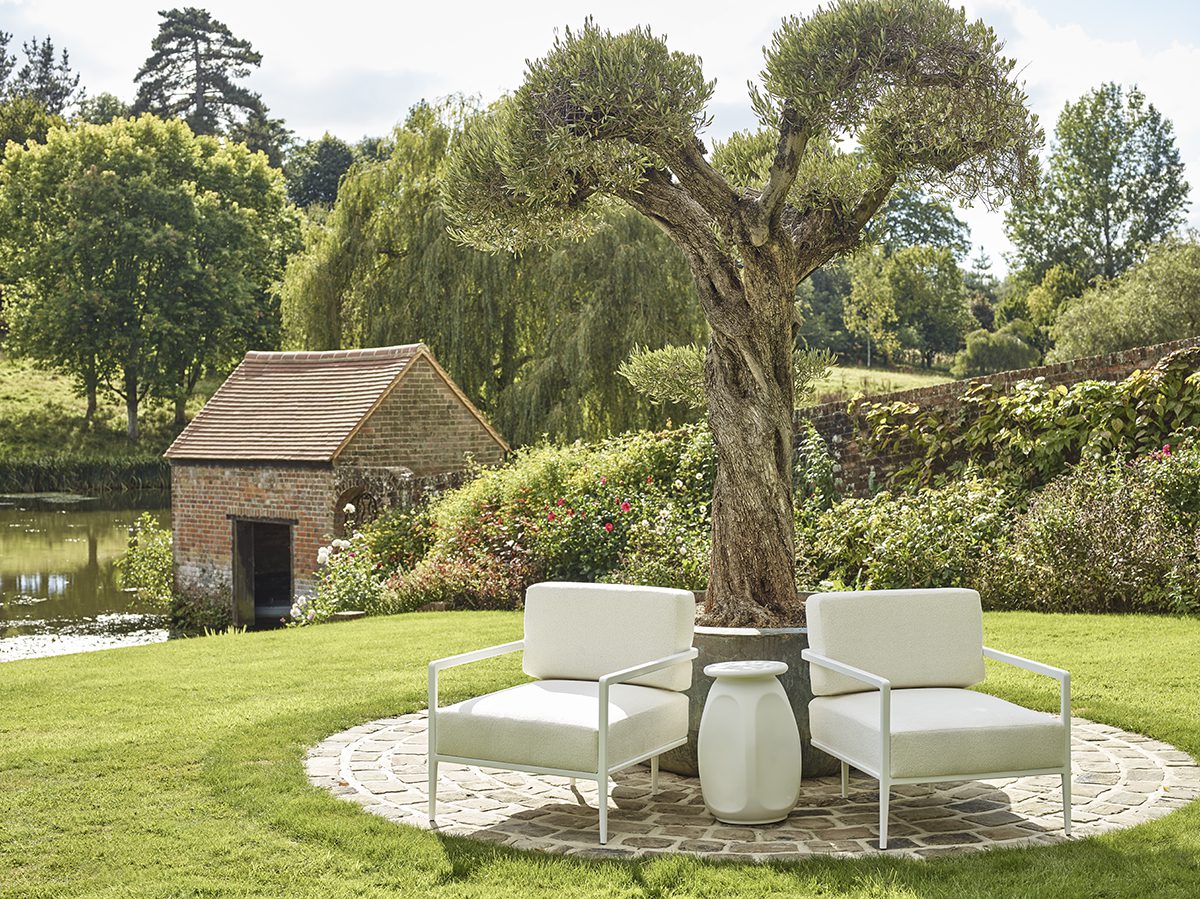
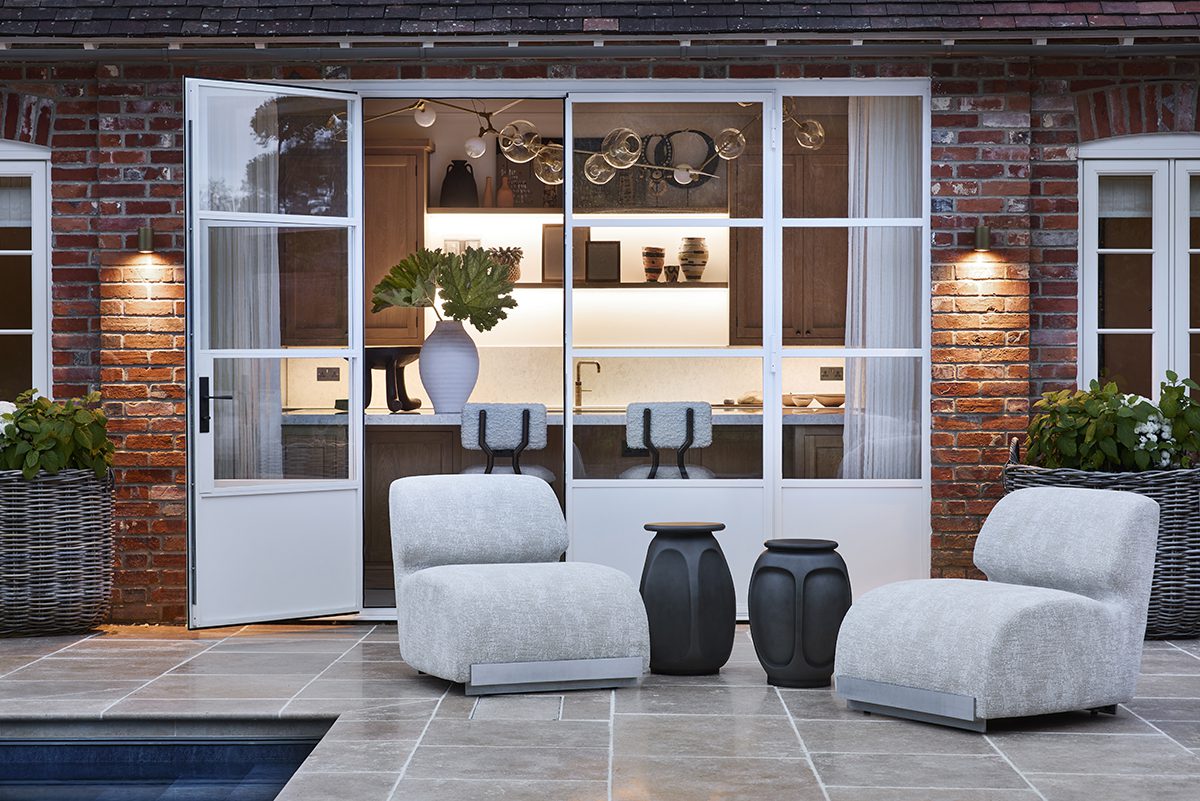
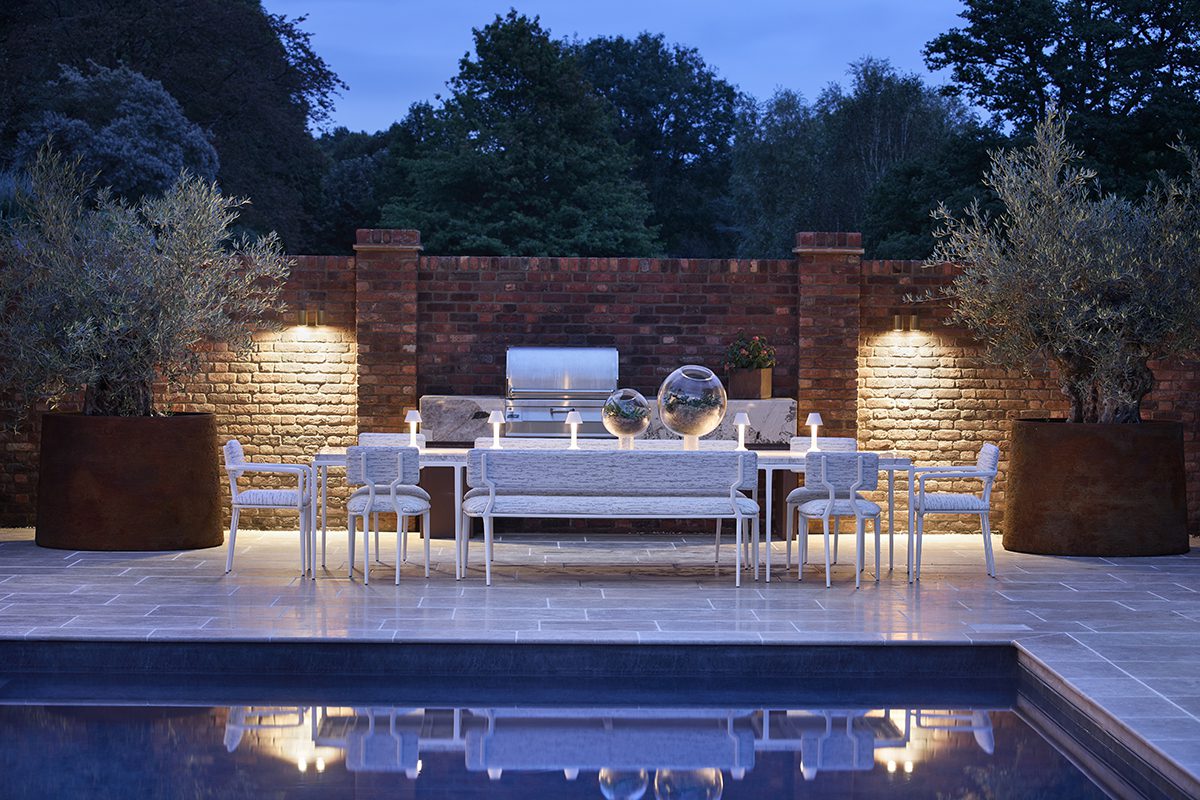

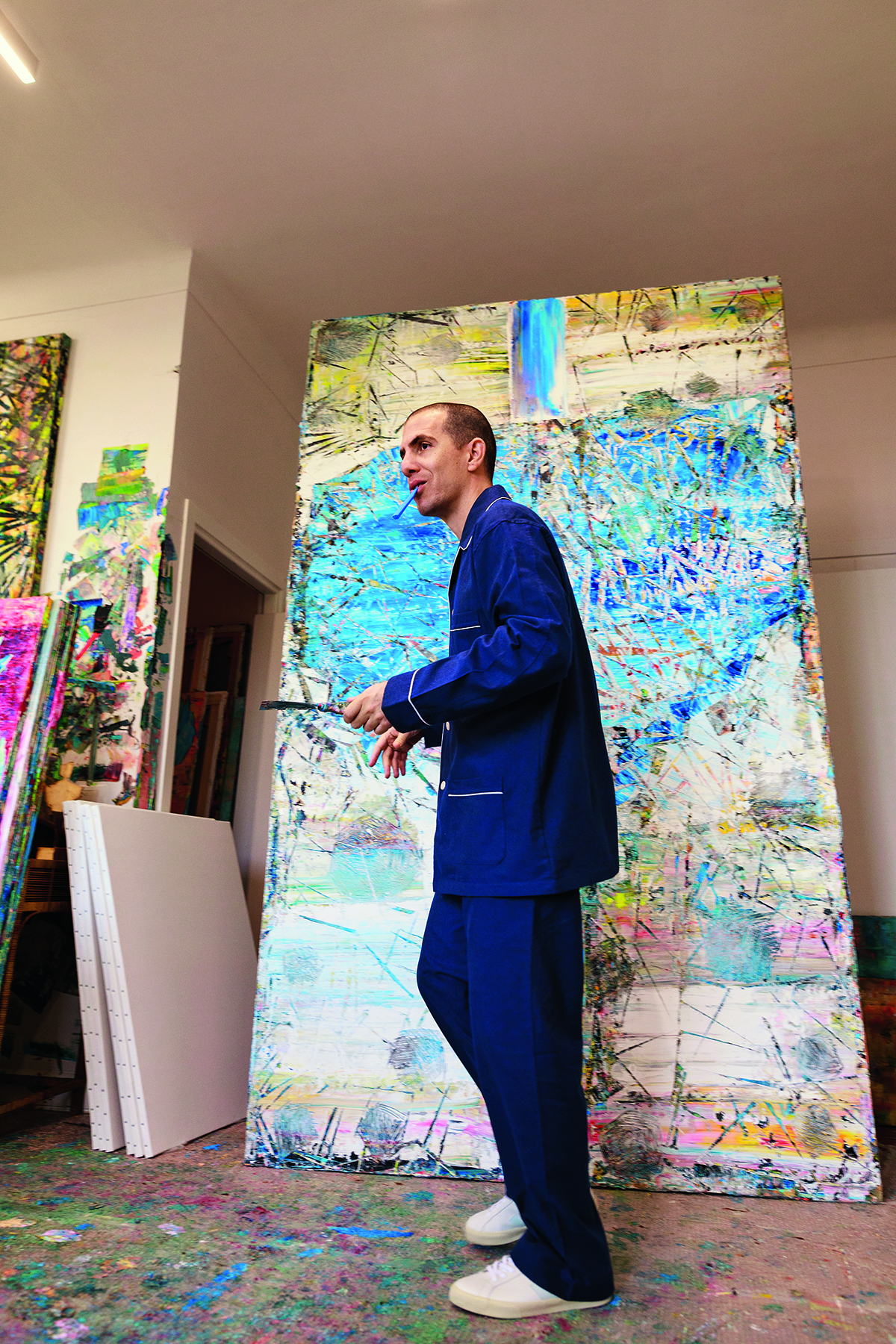
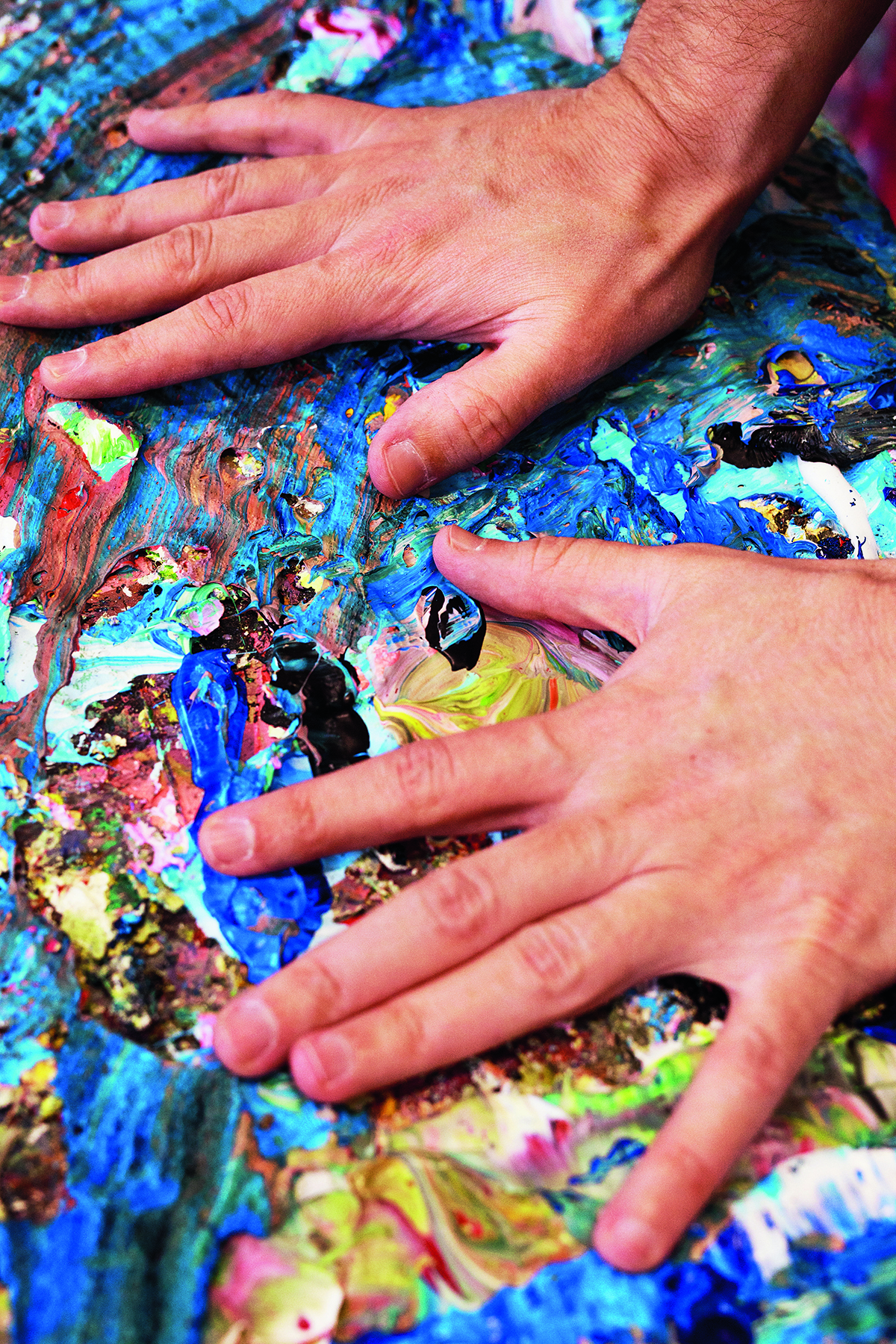
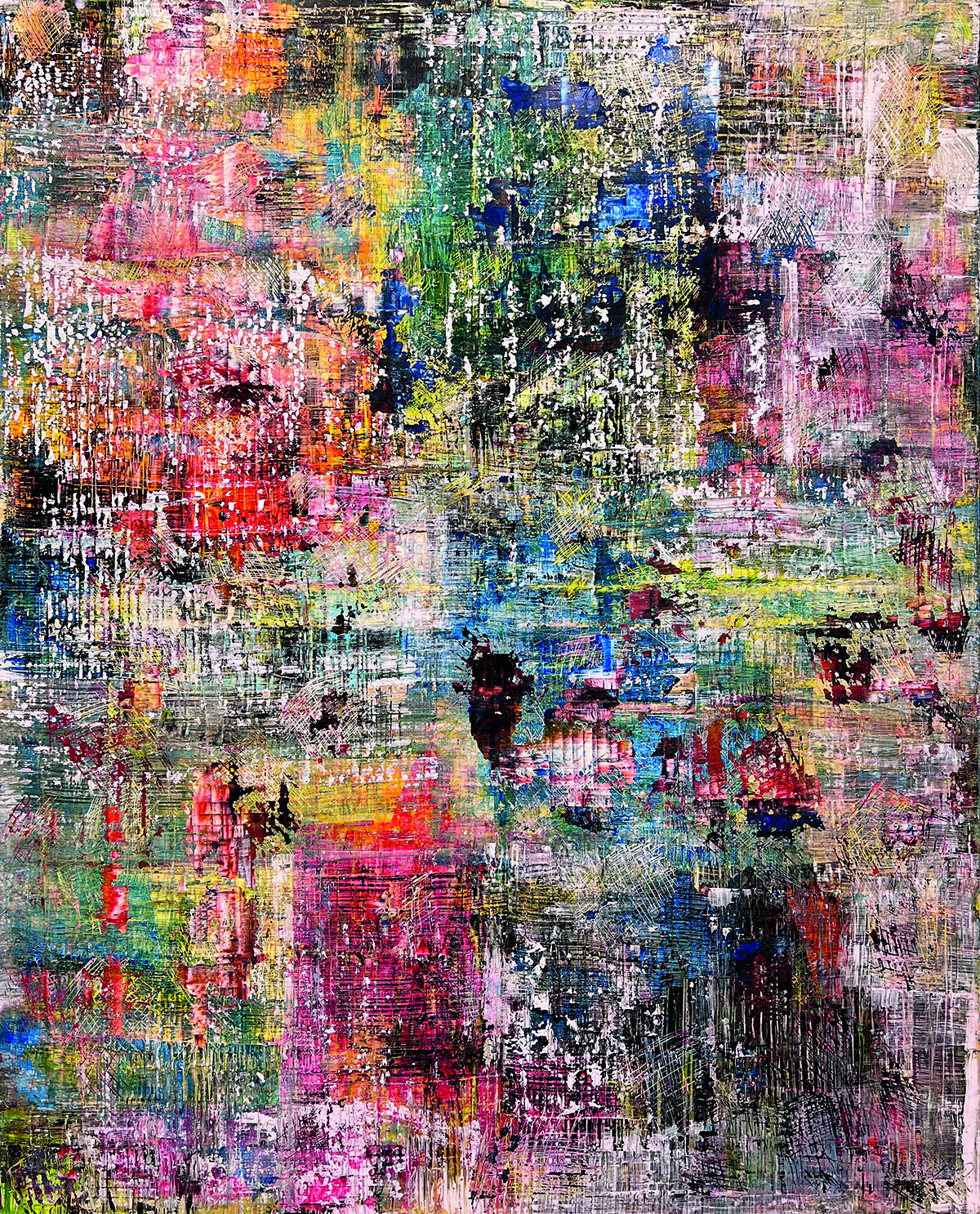
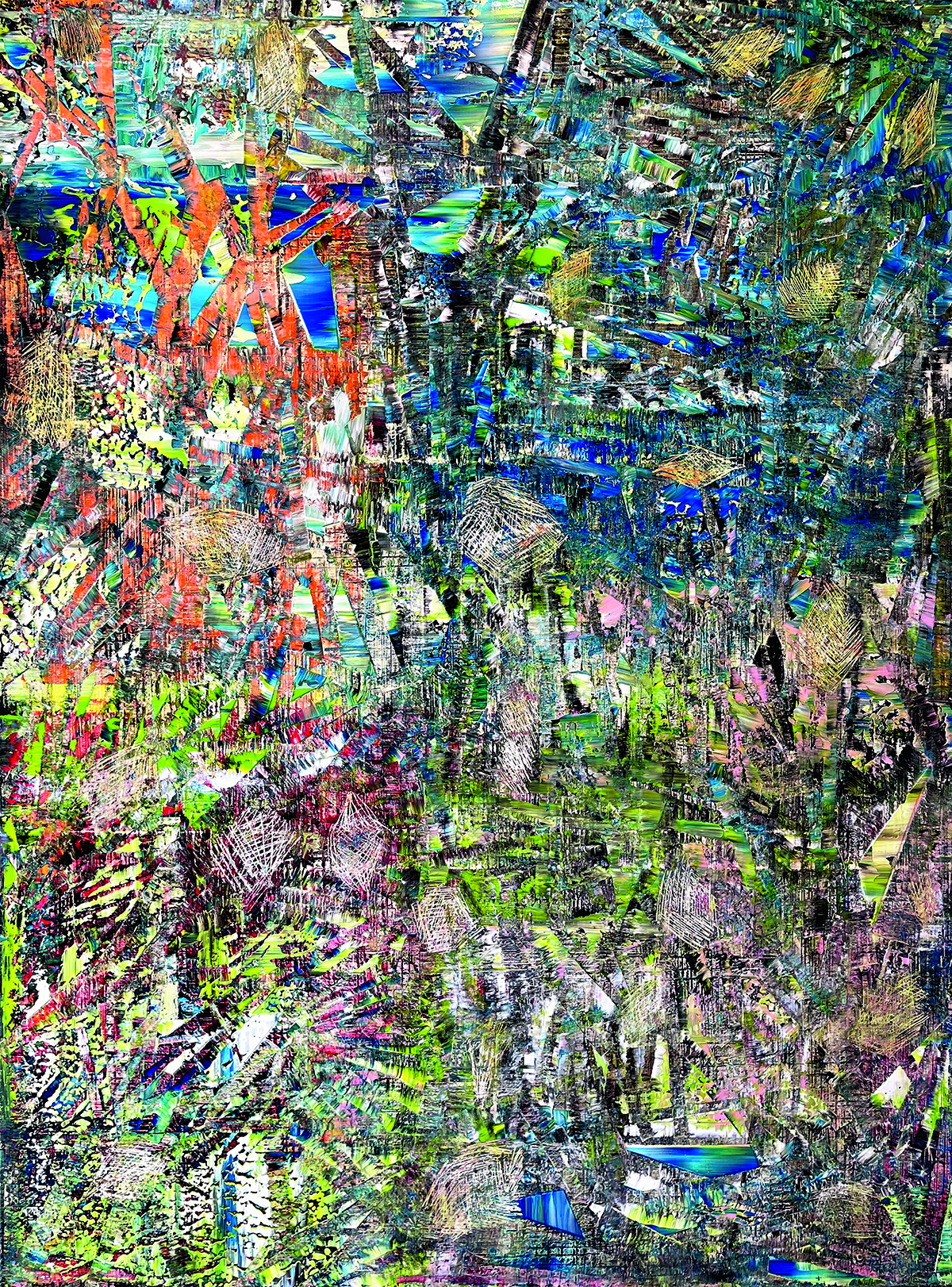






Recent Comments